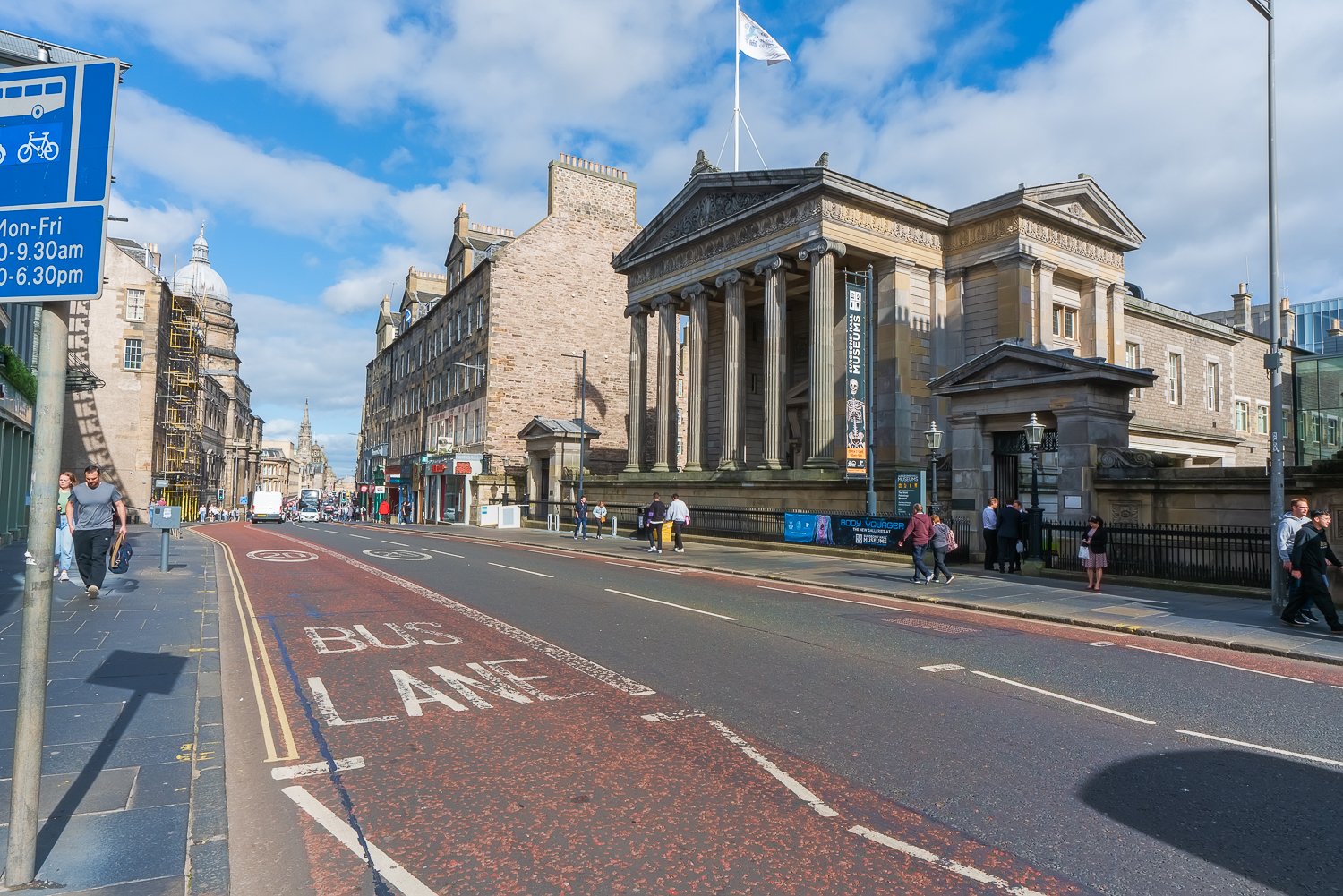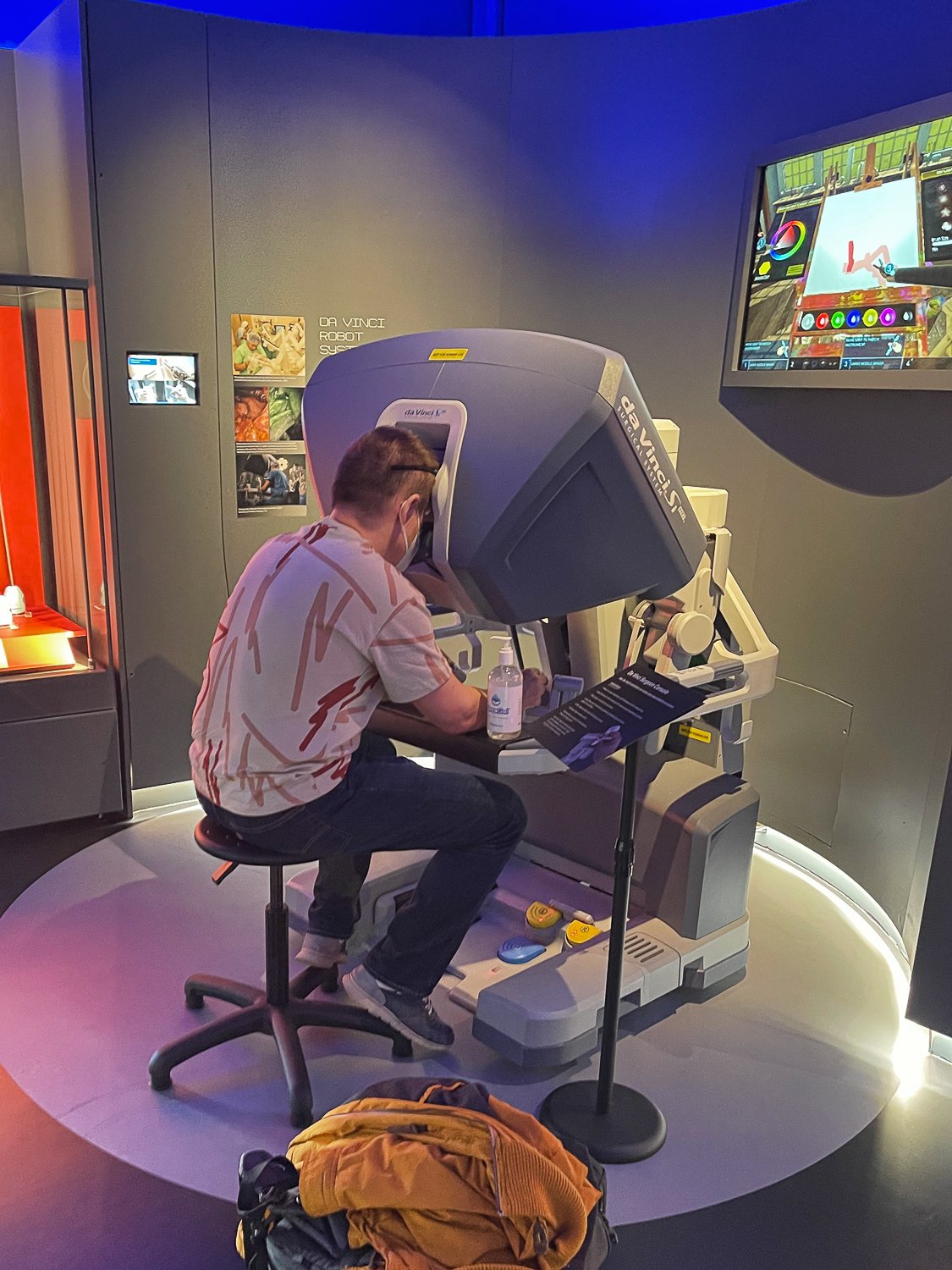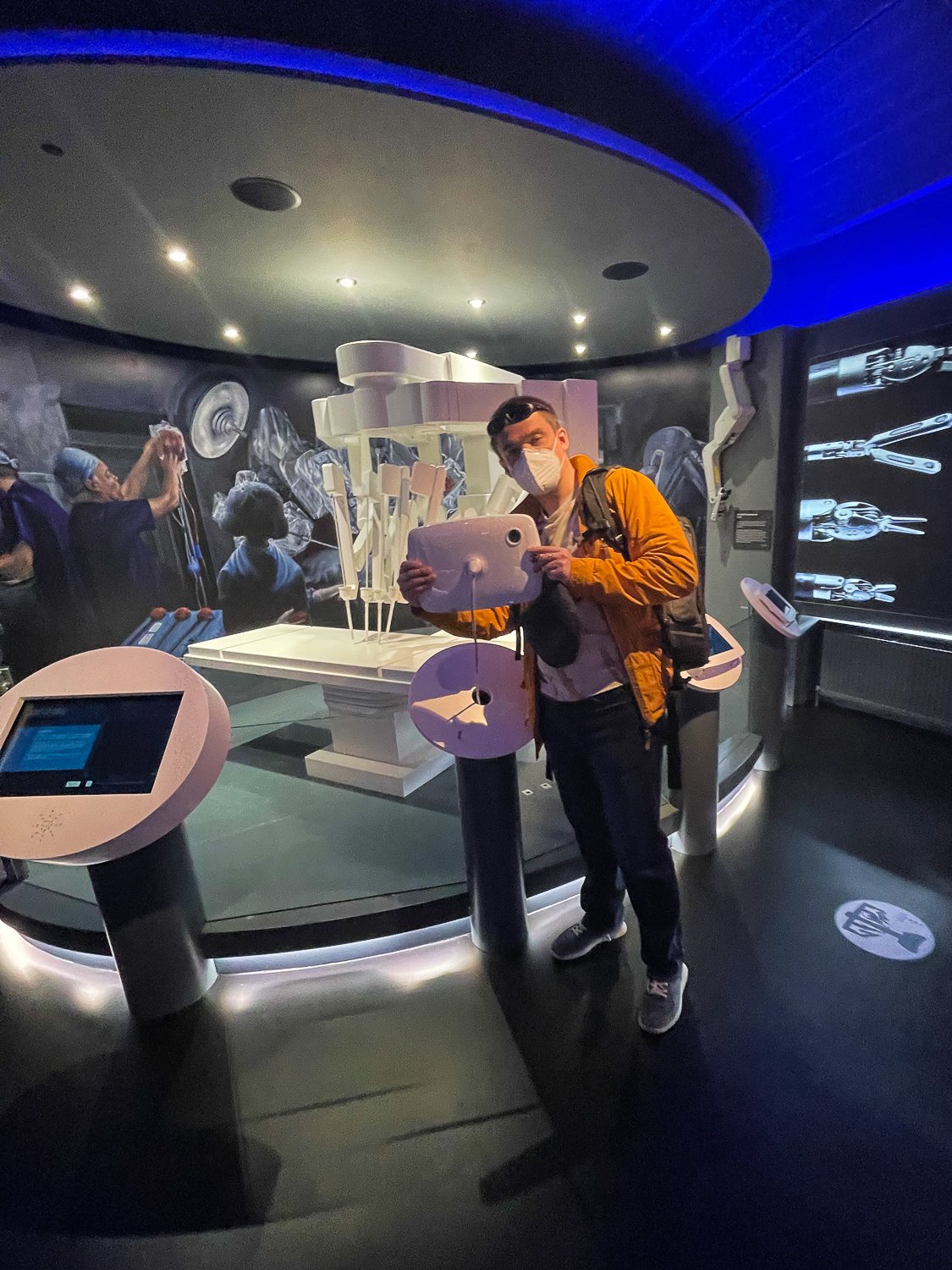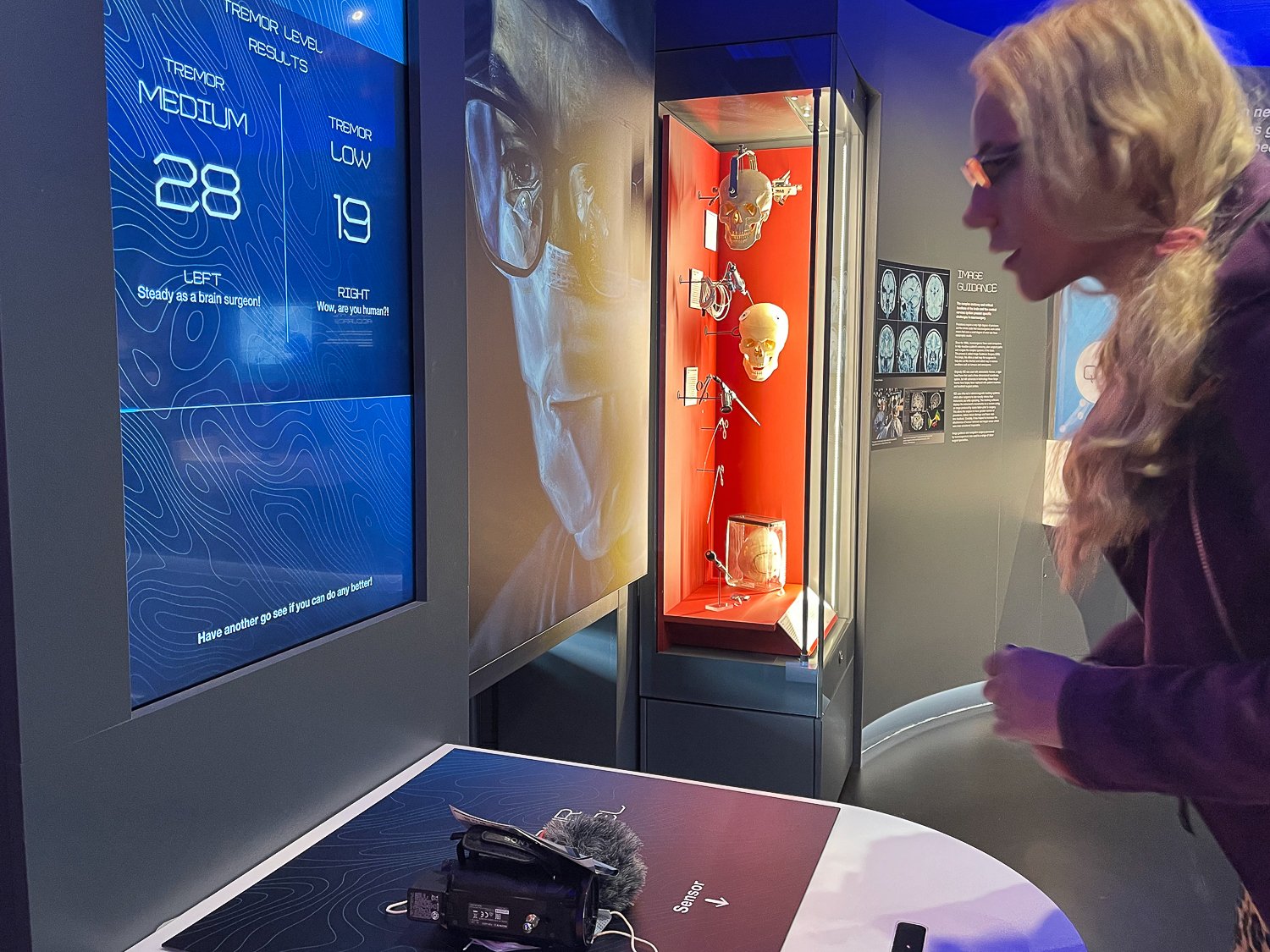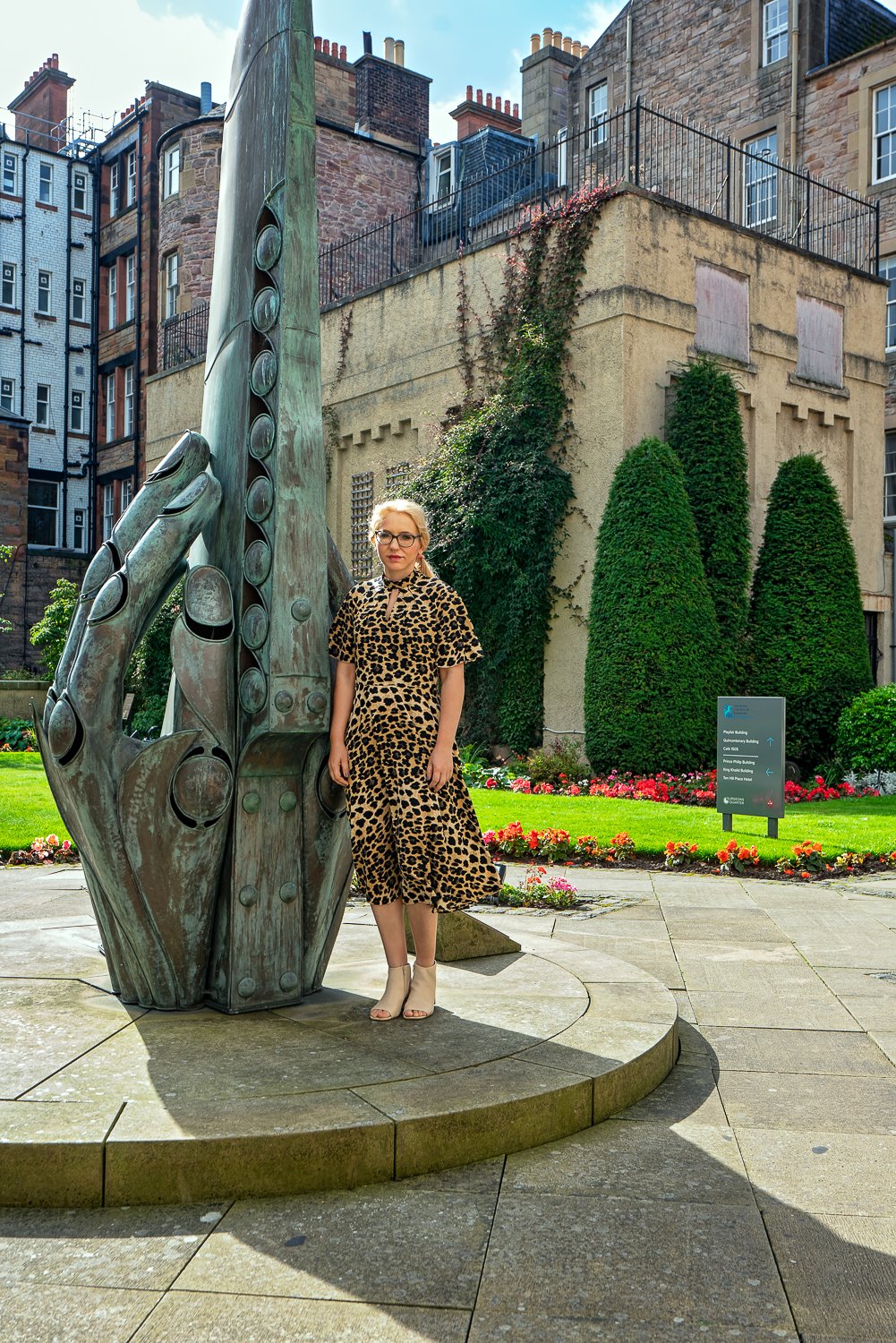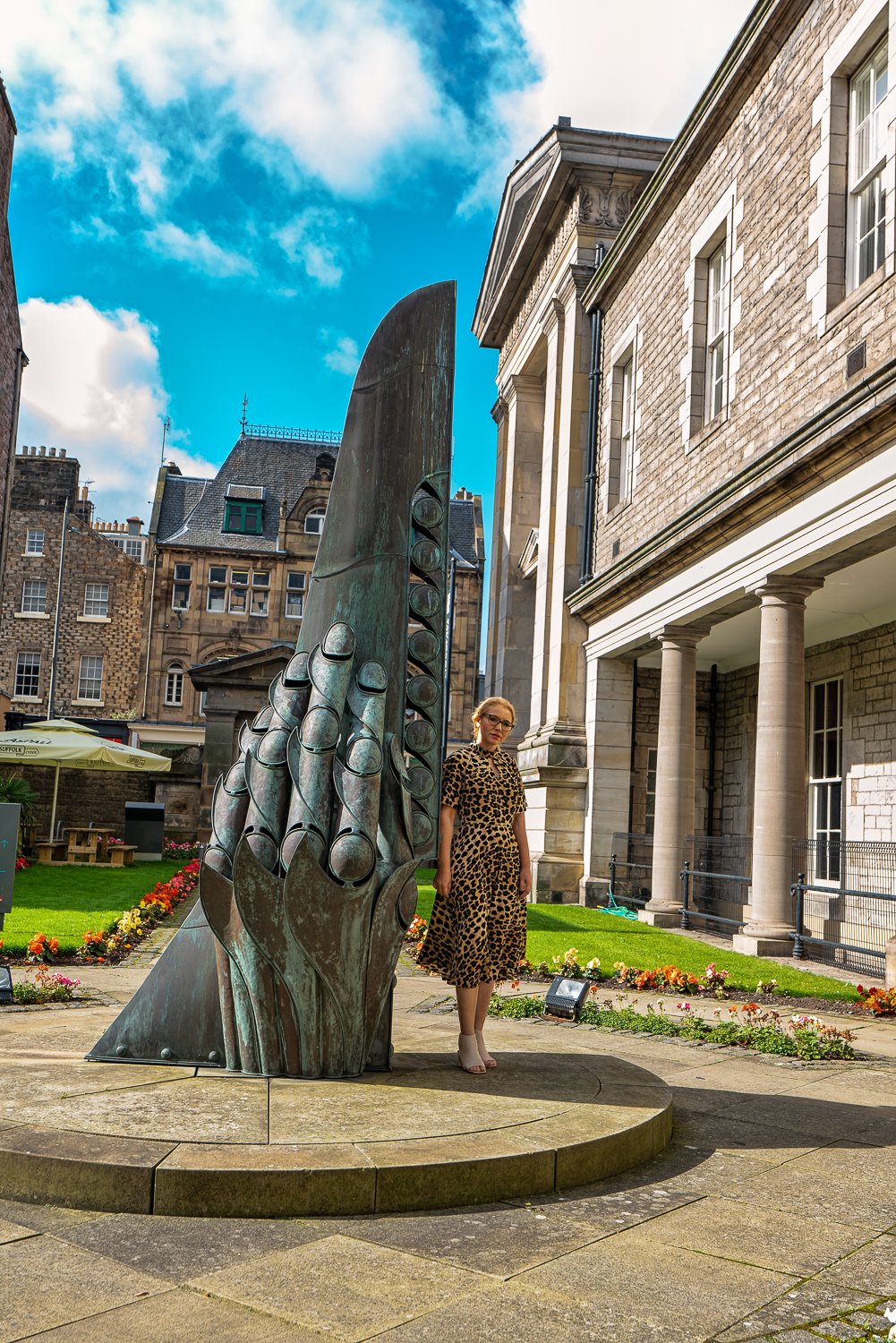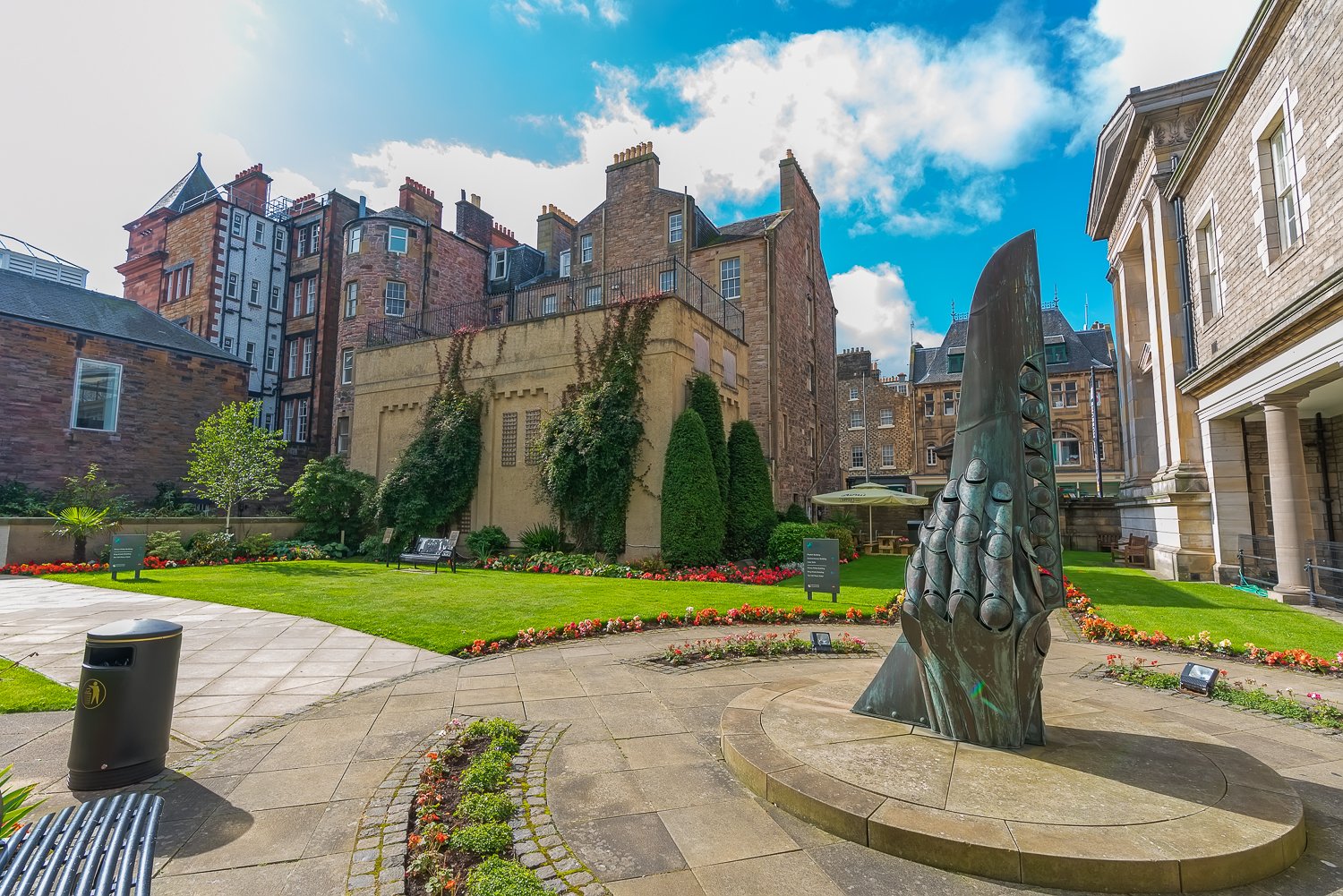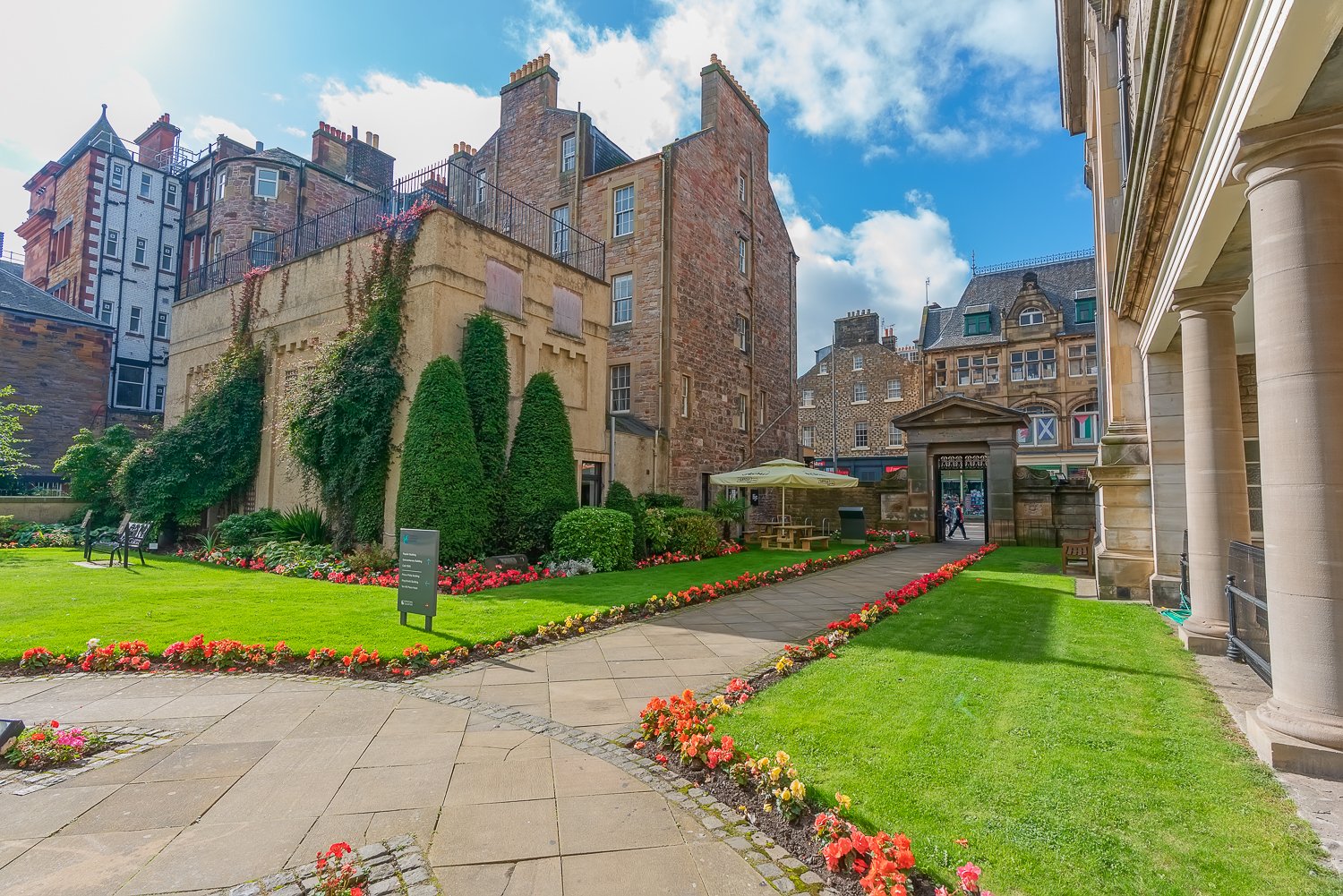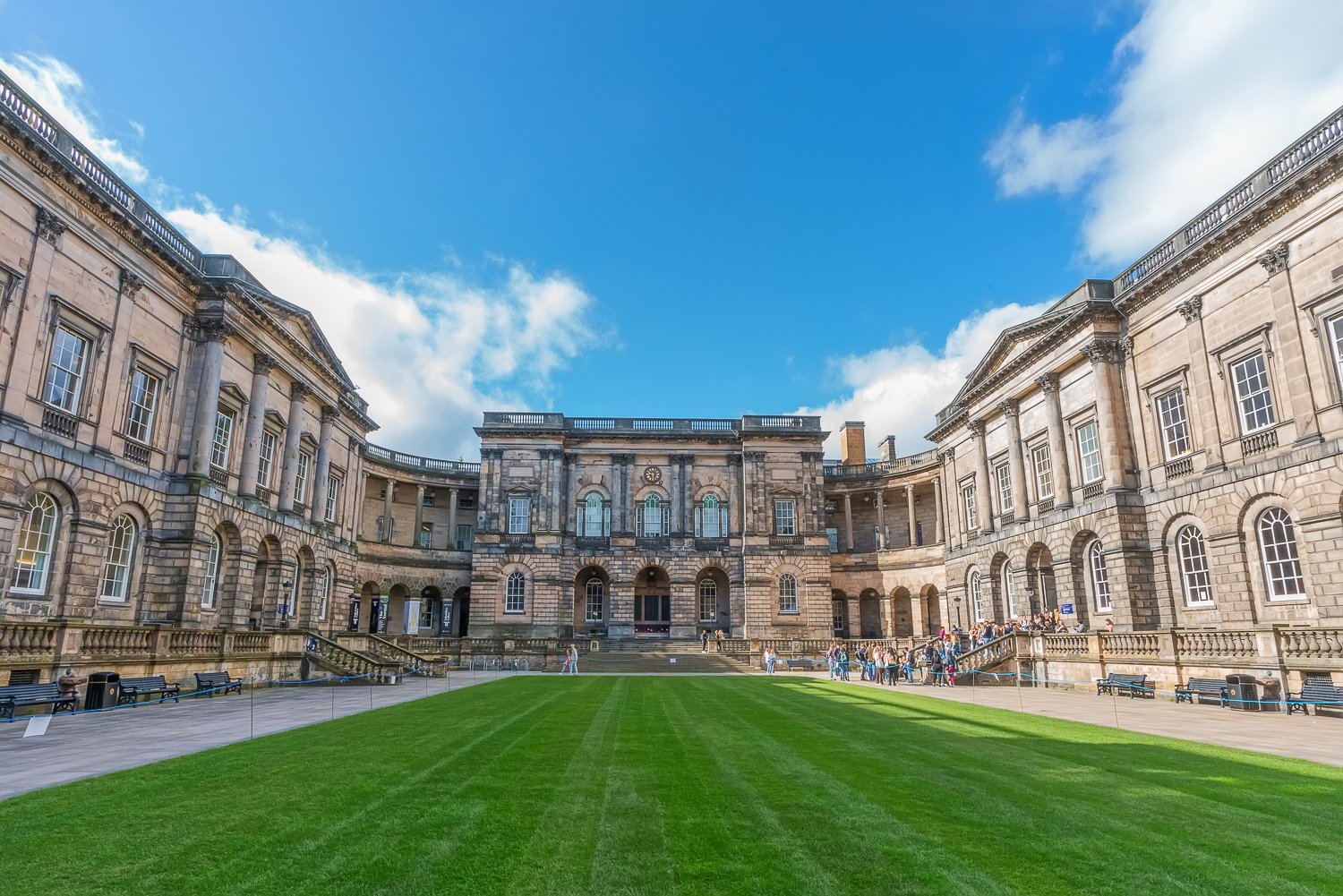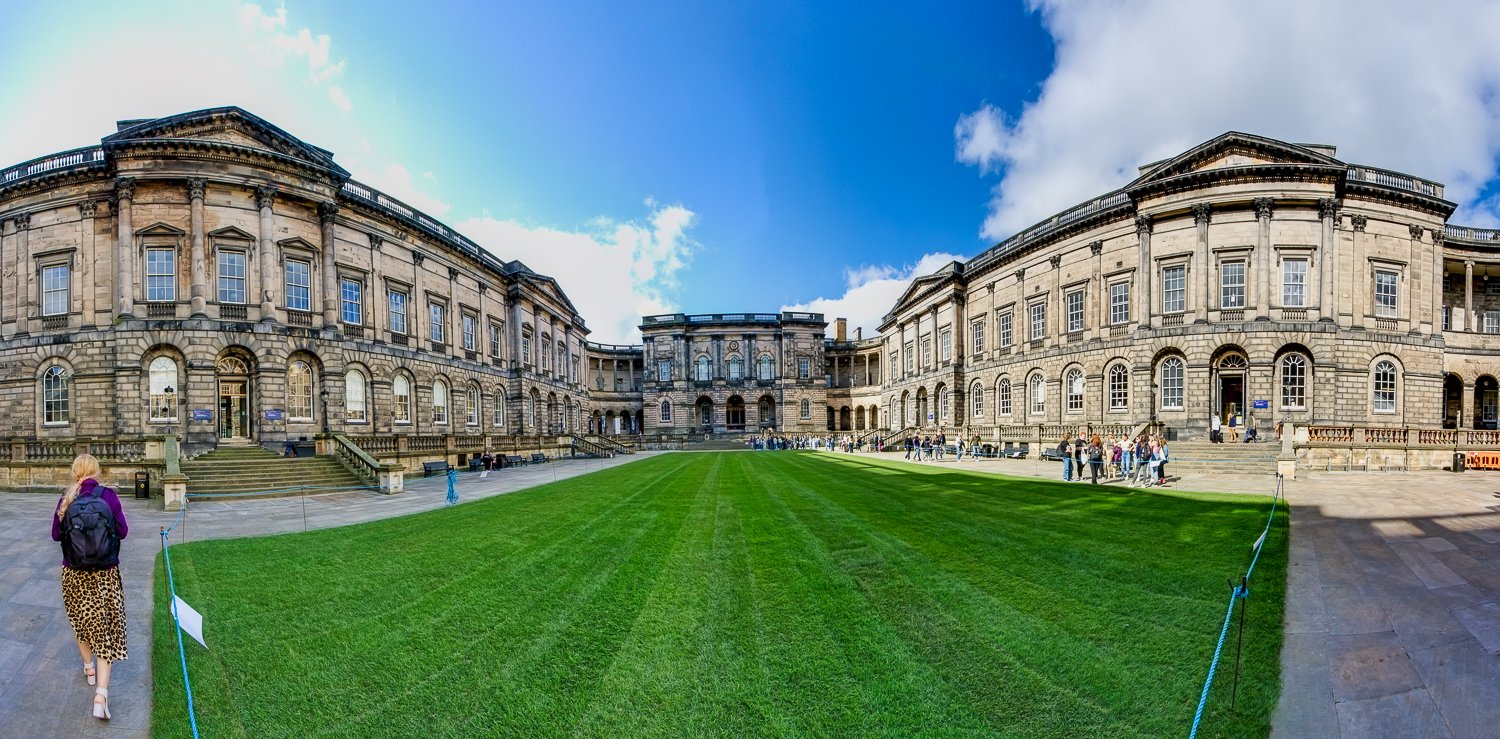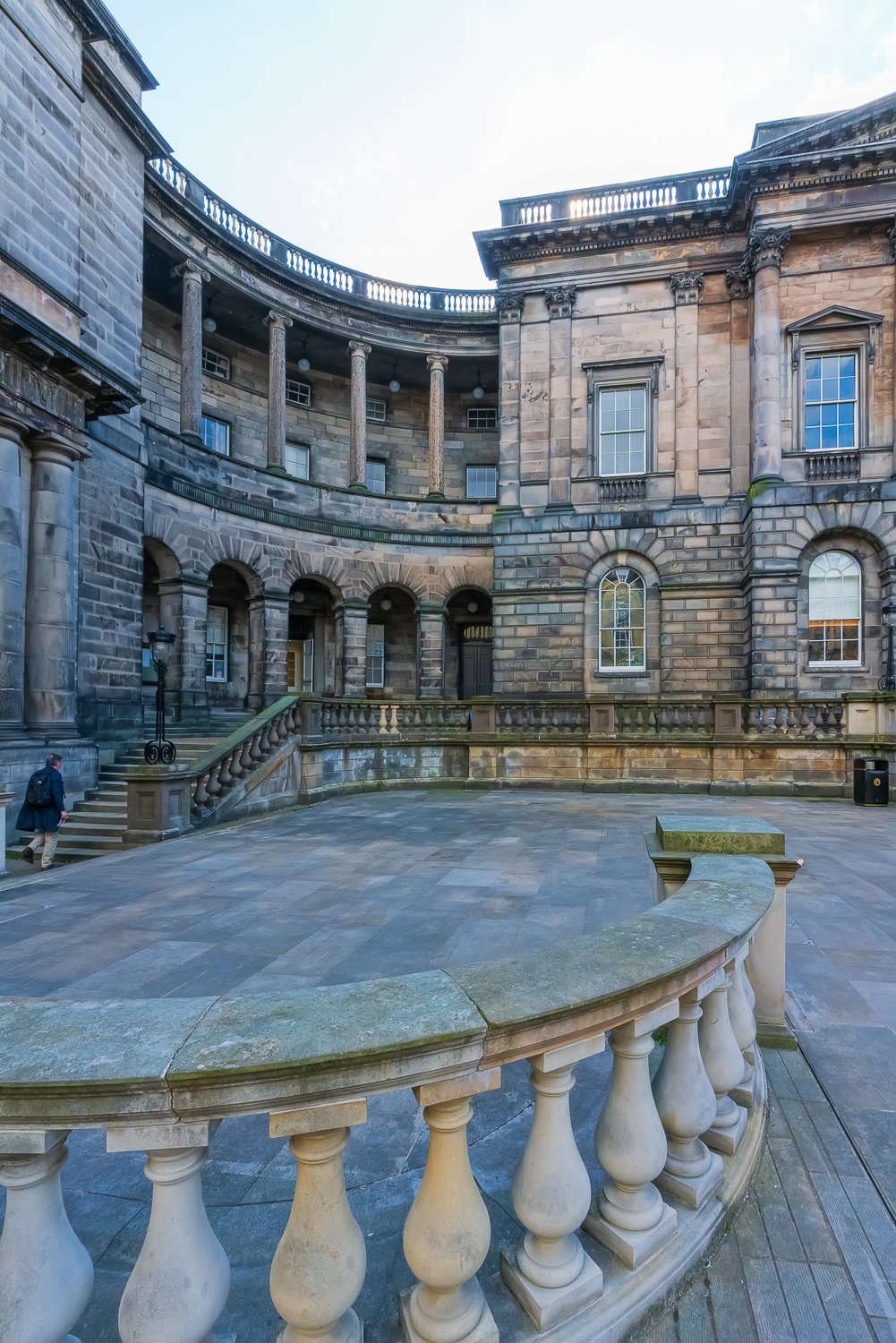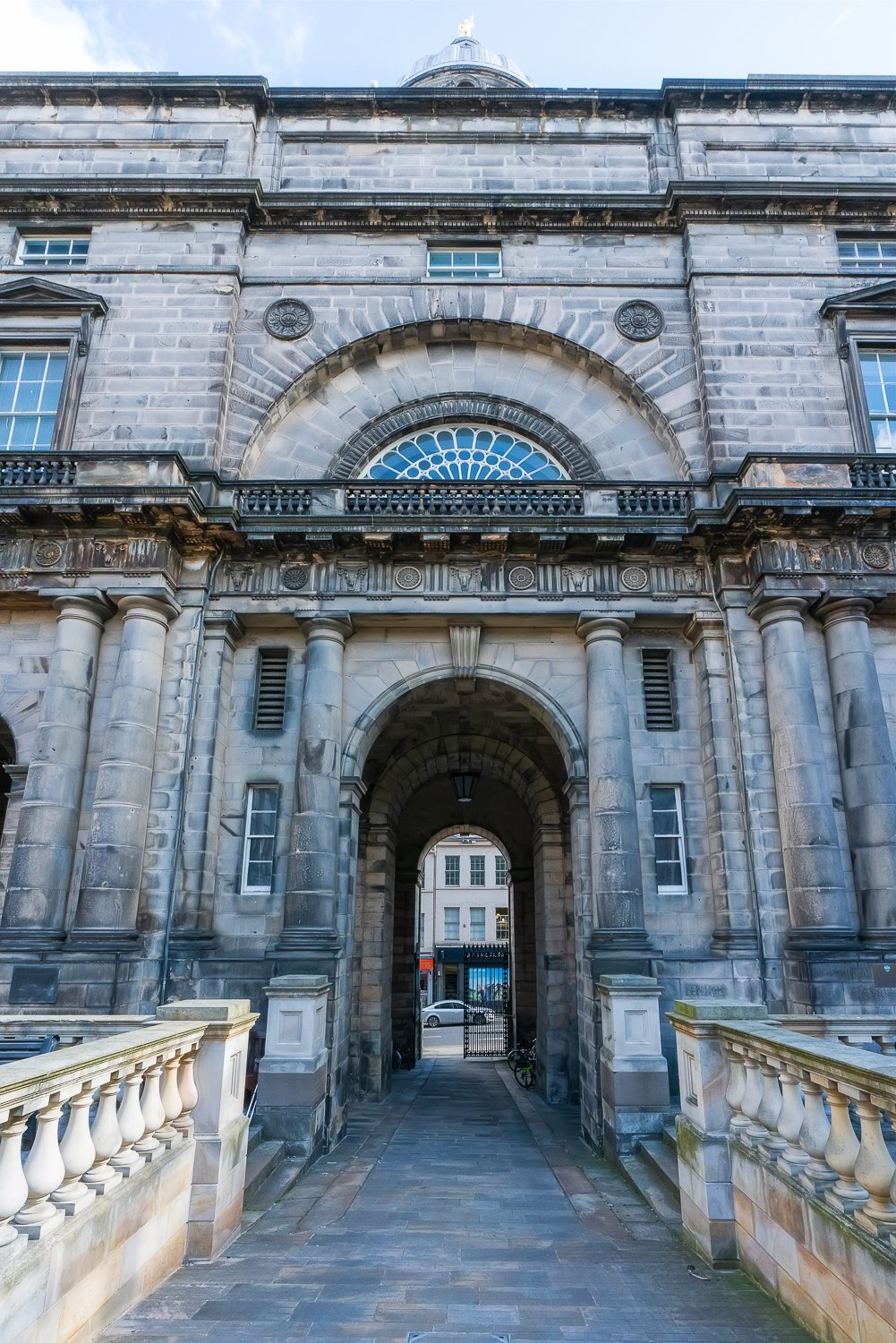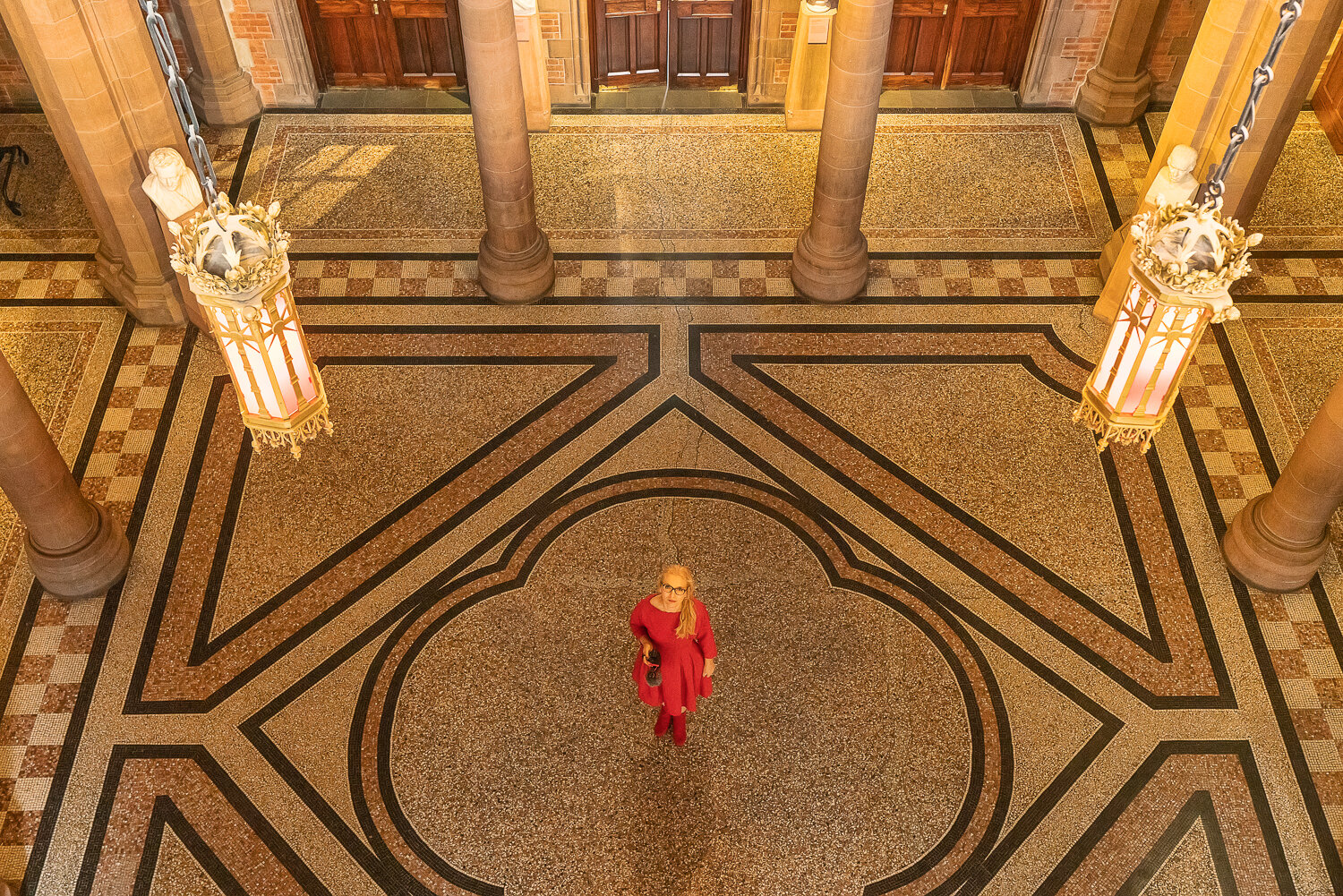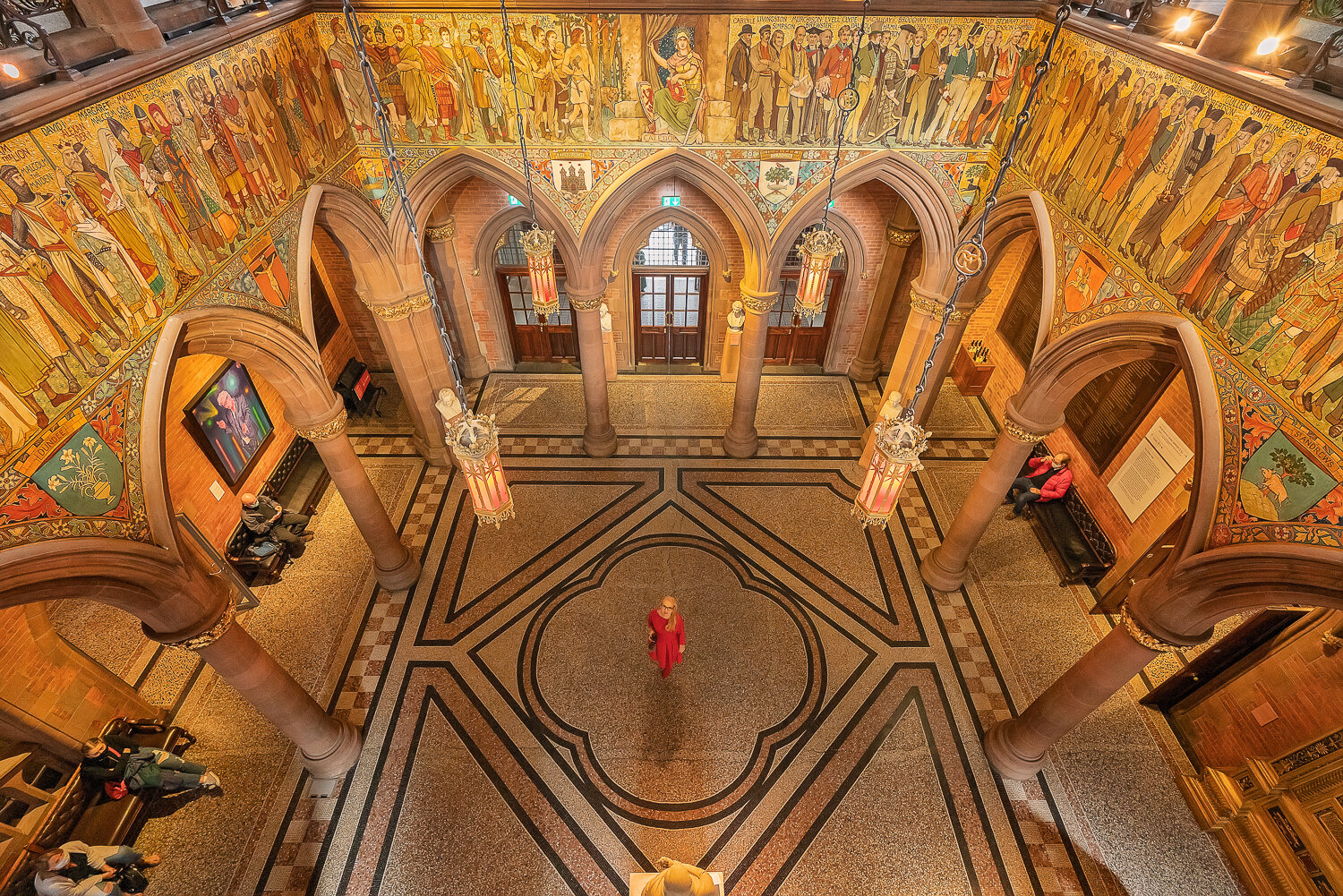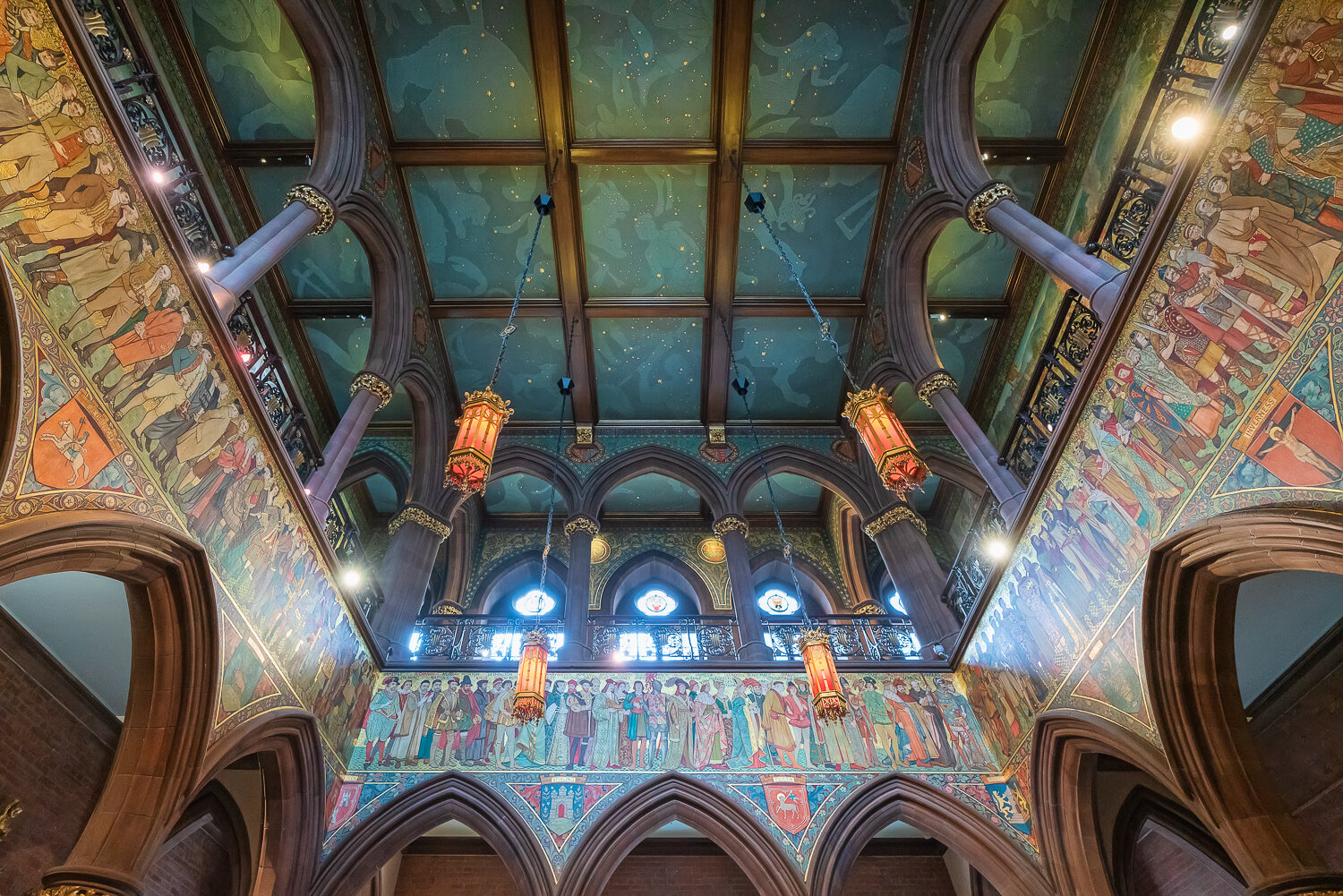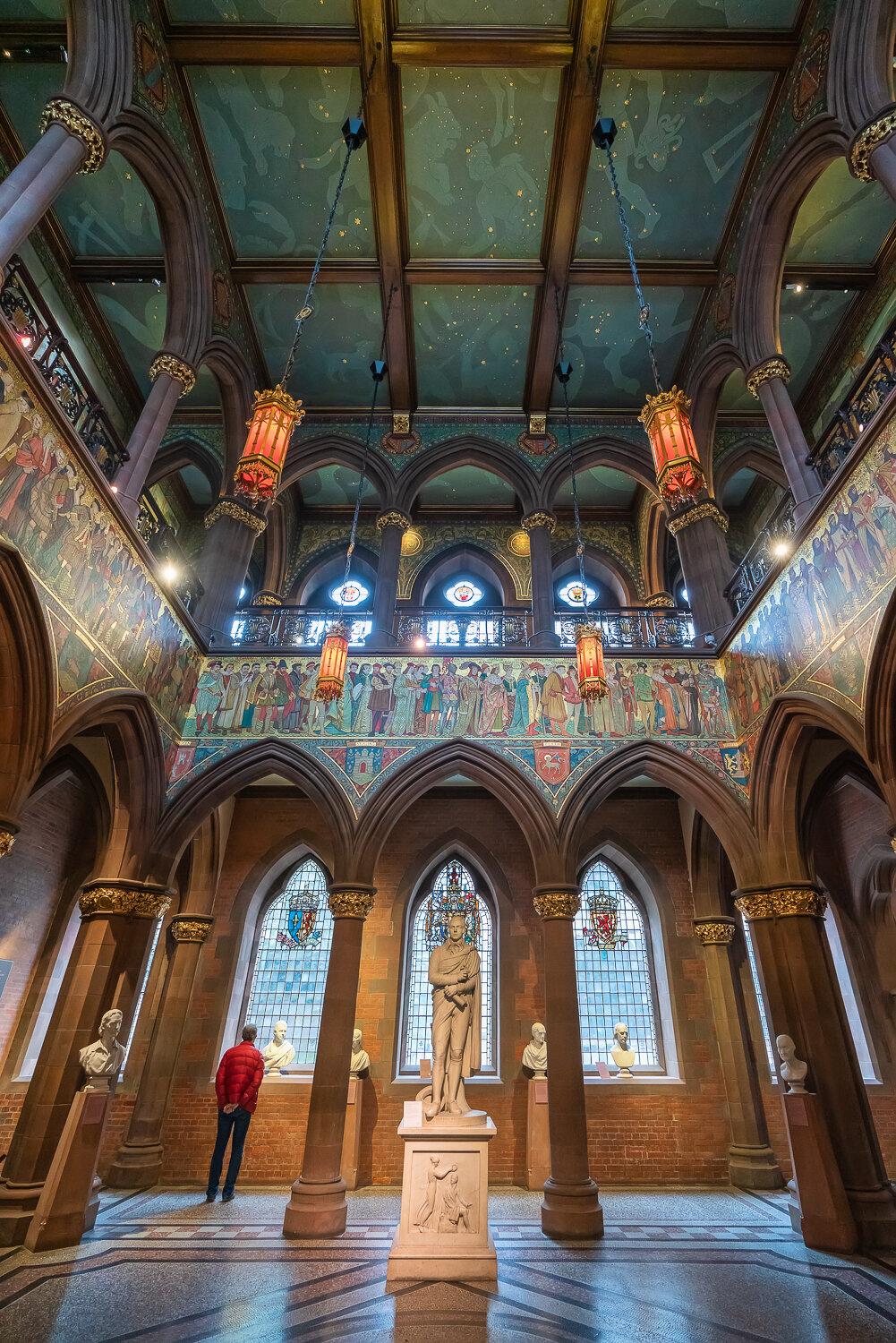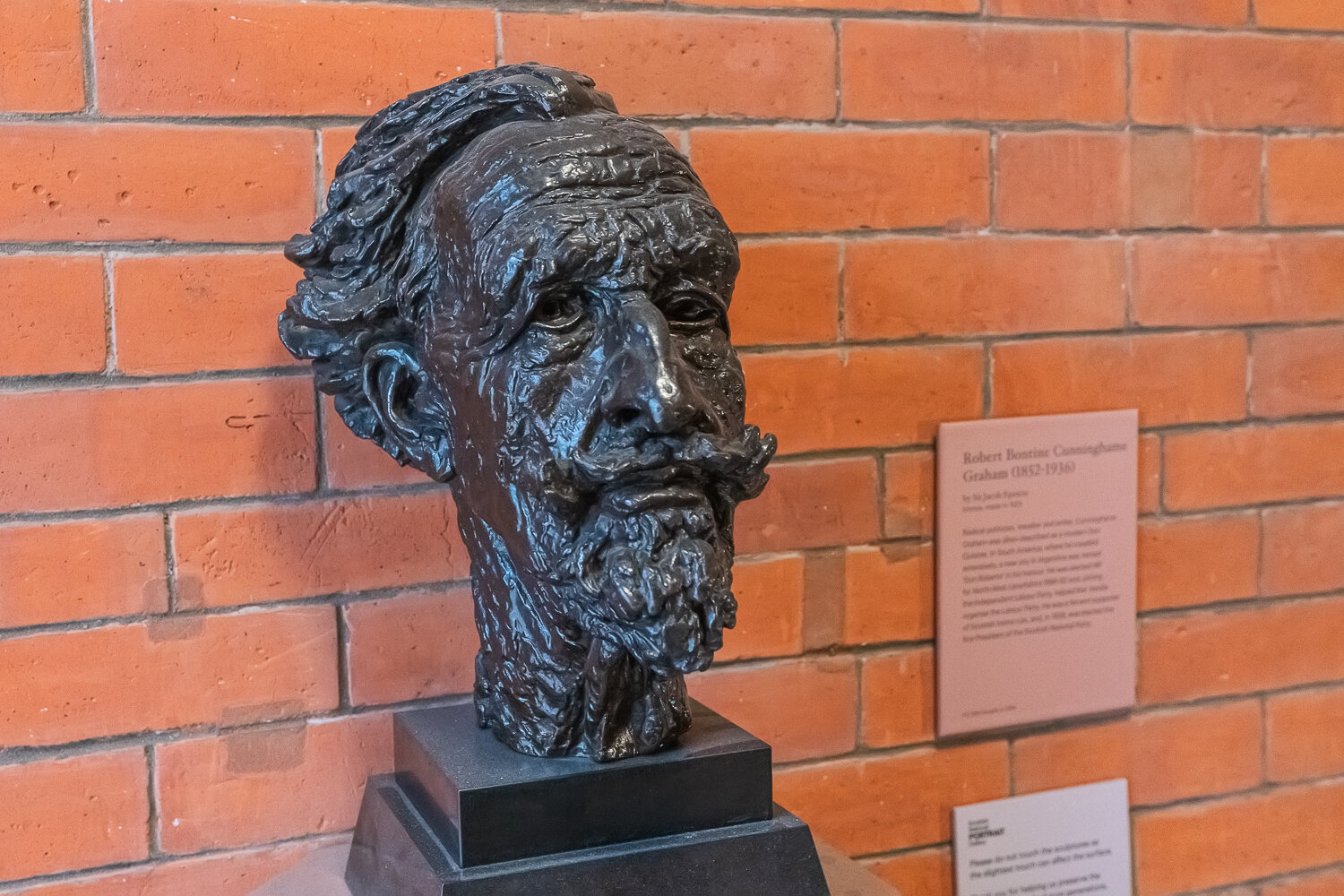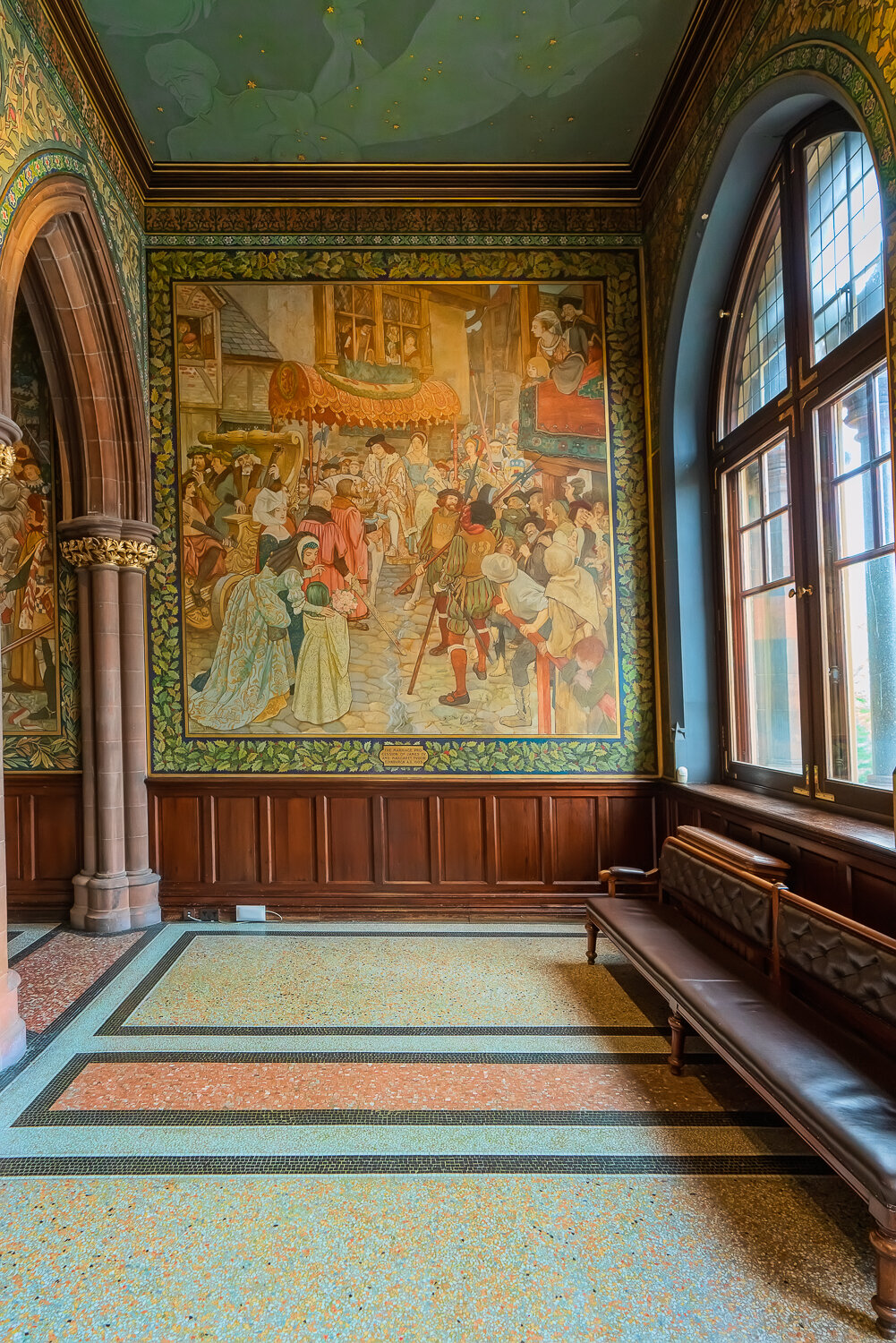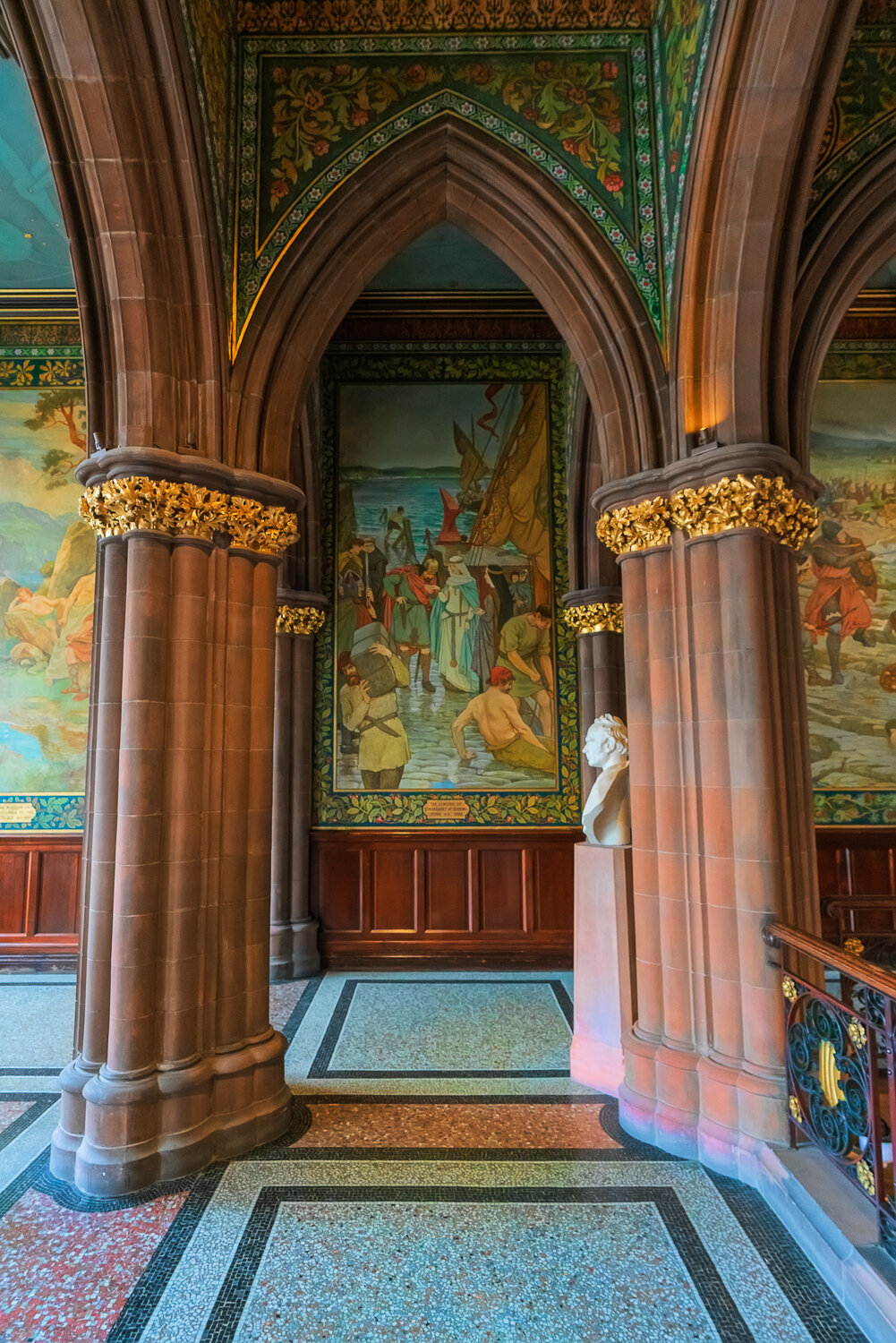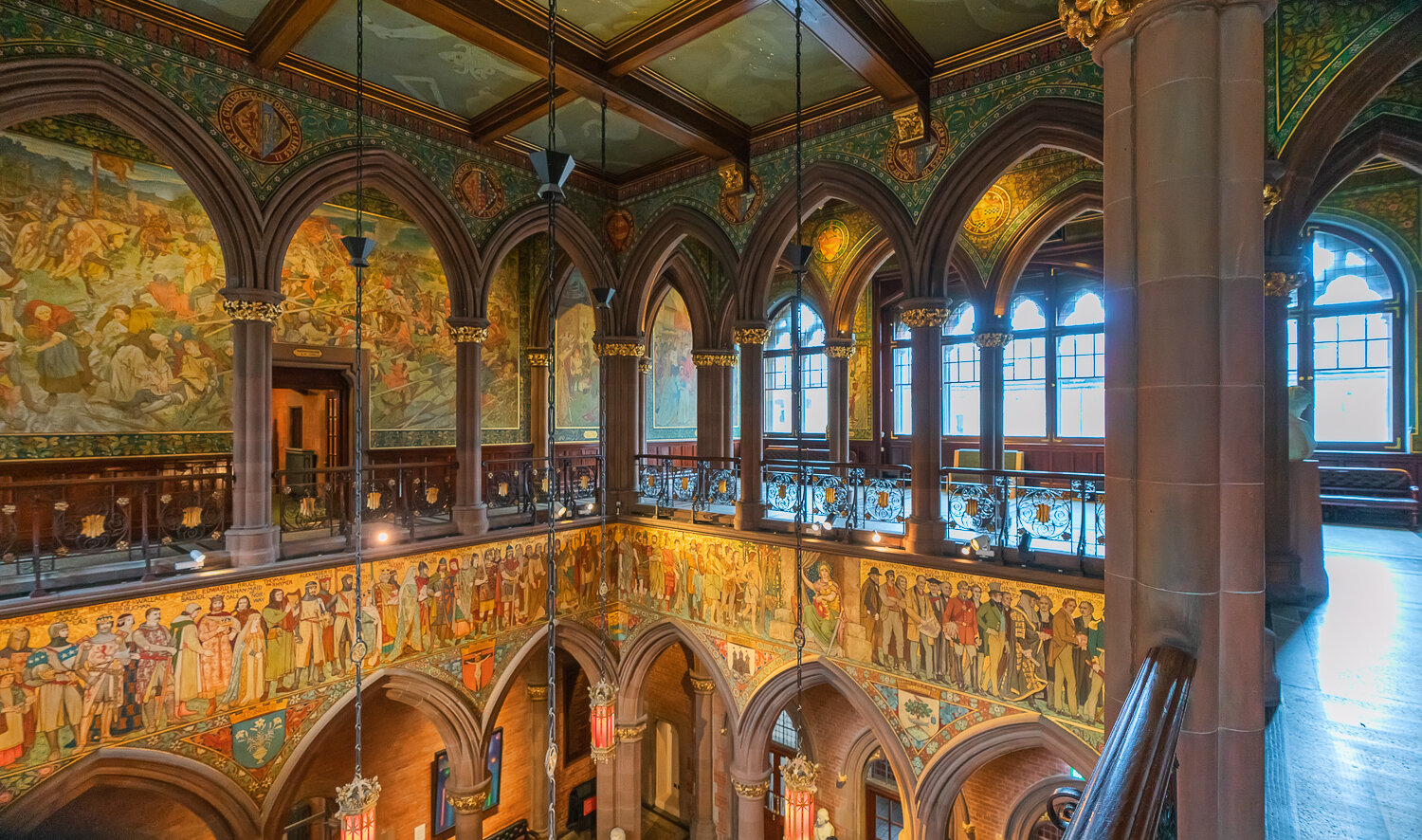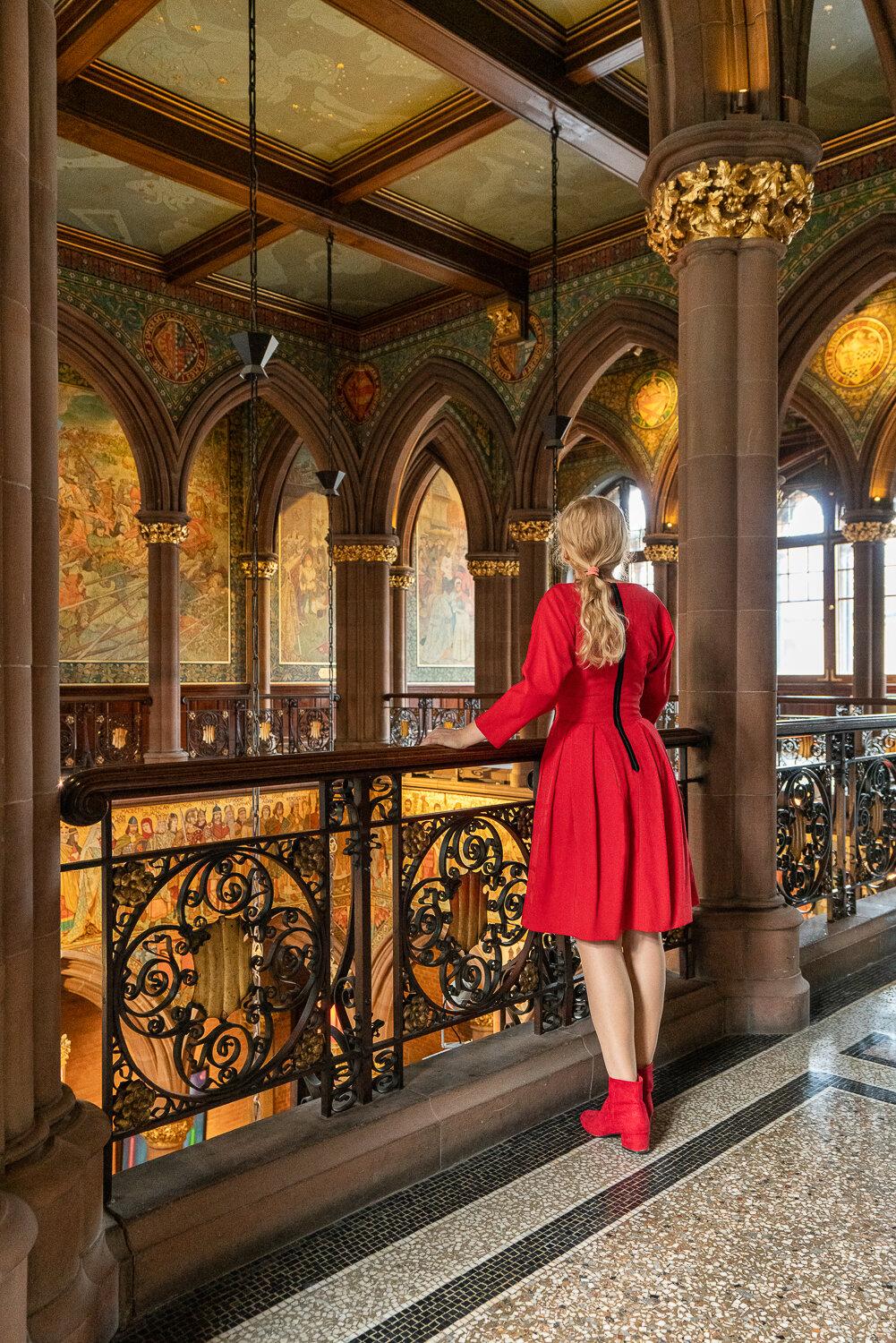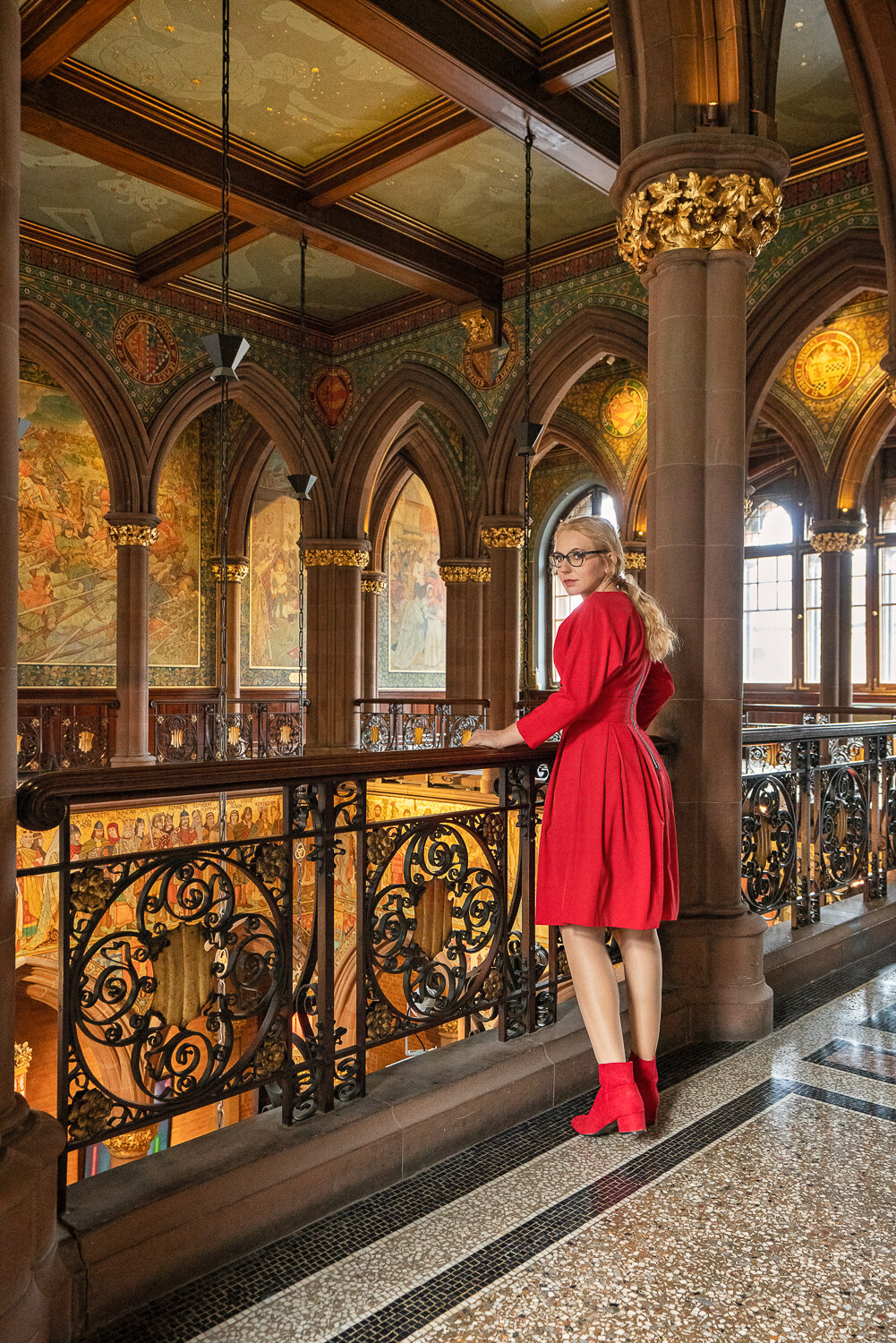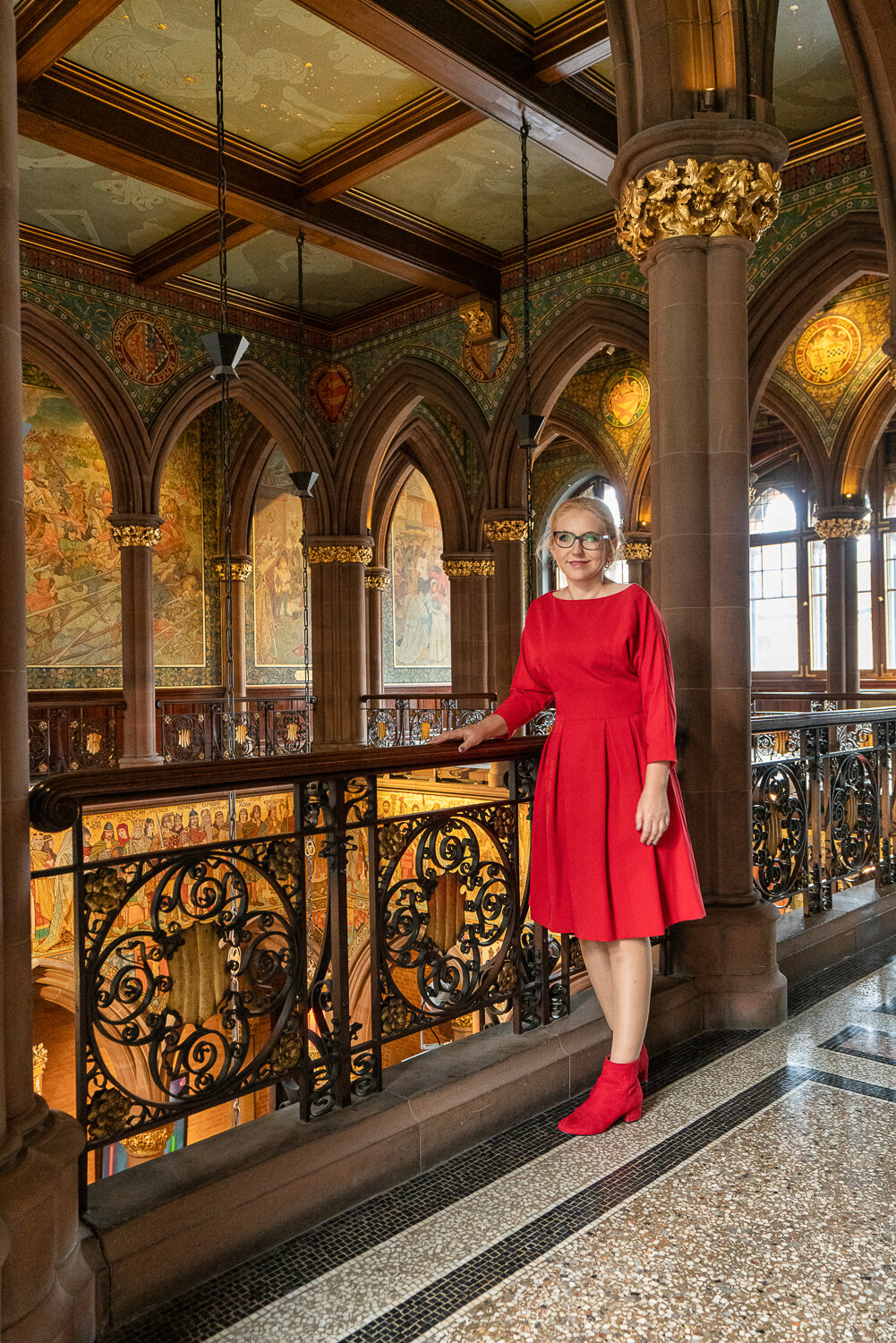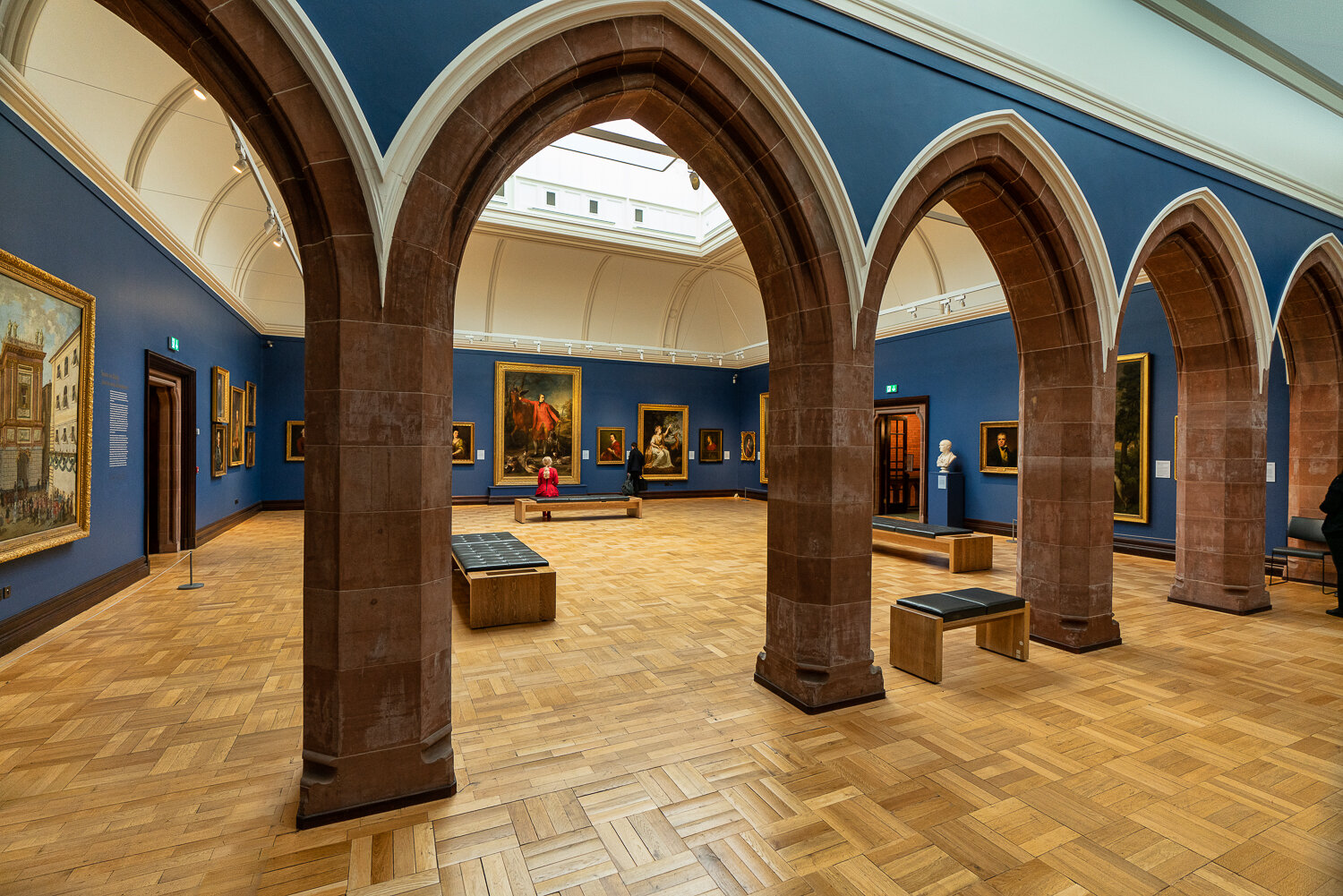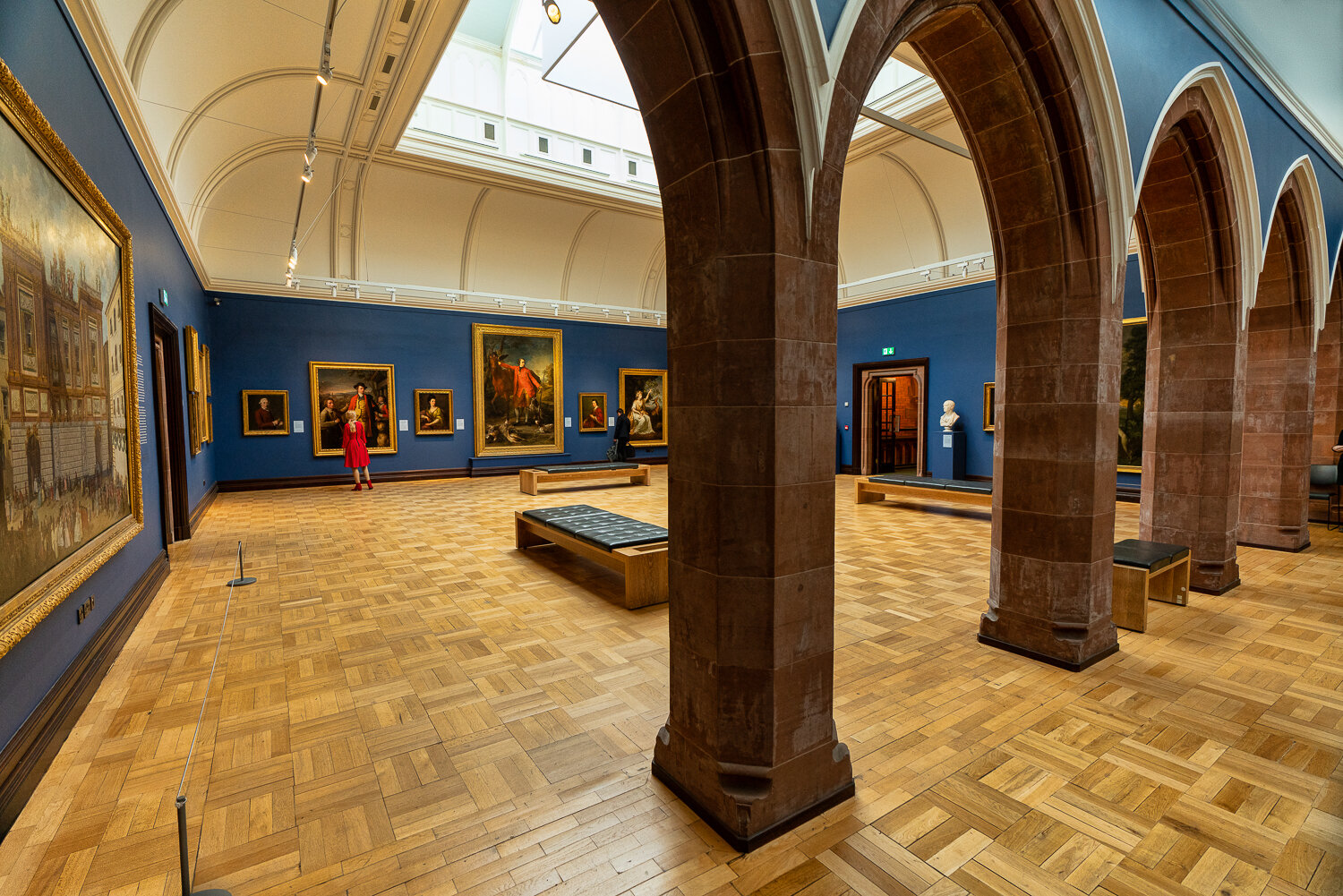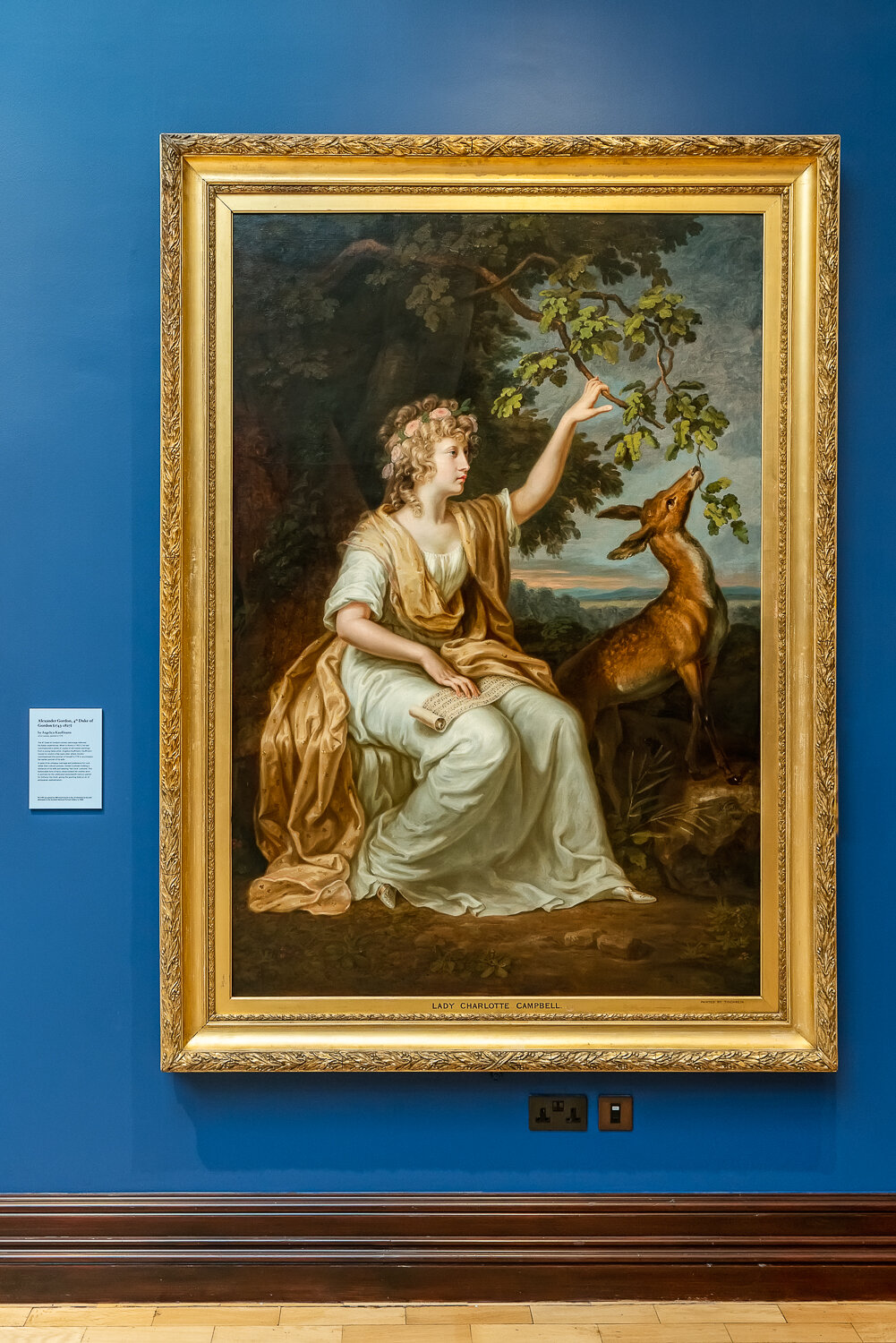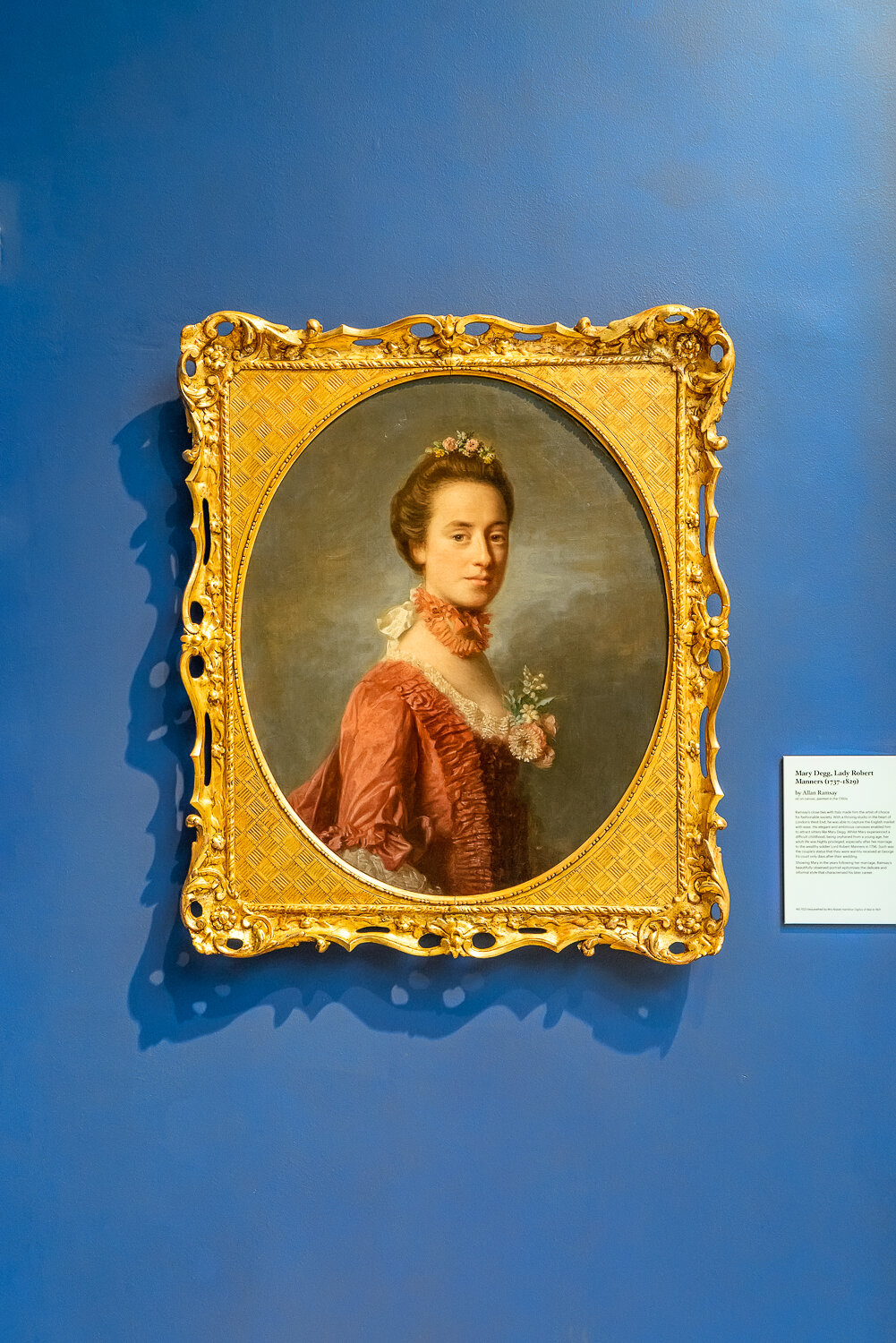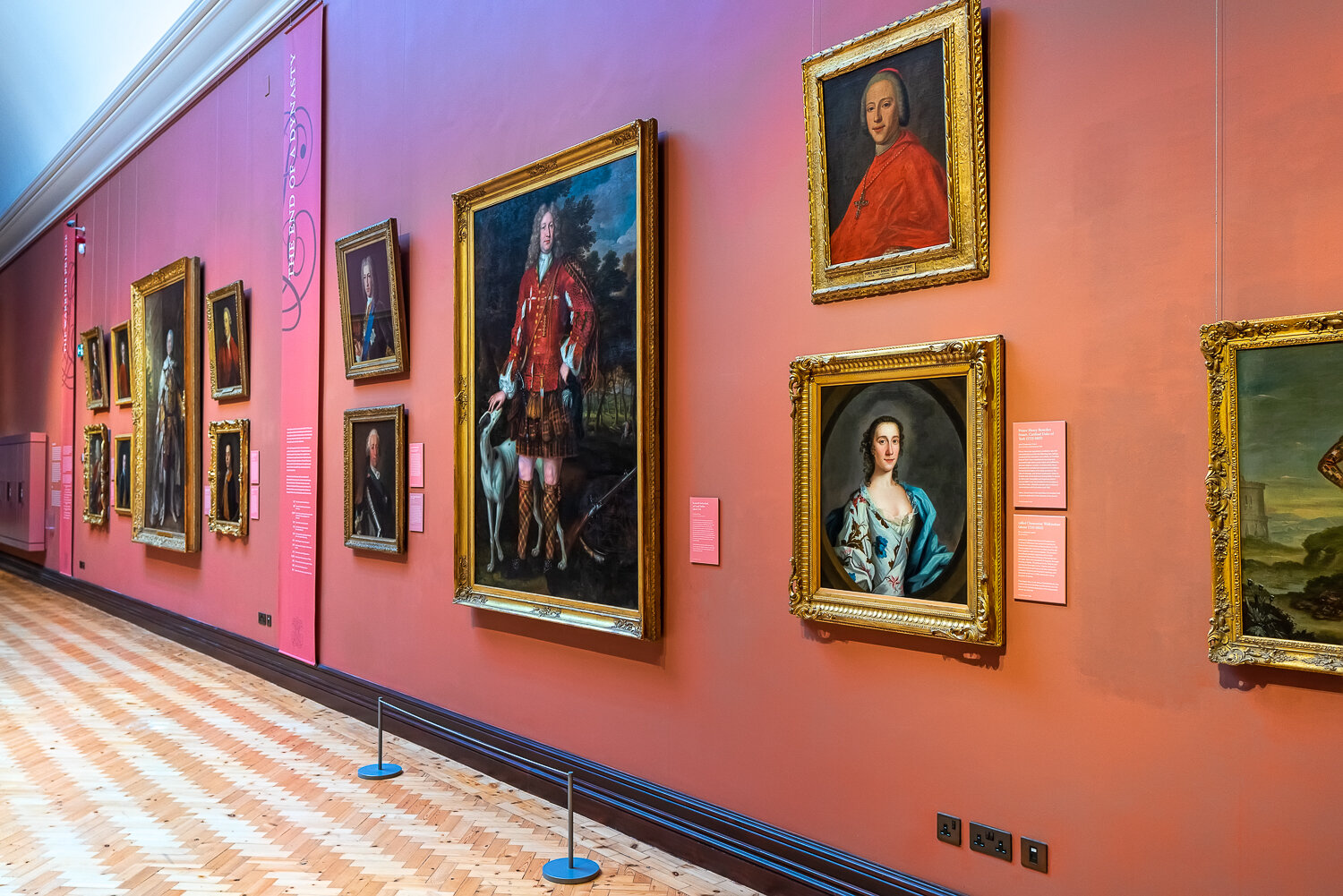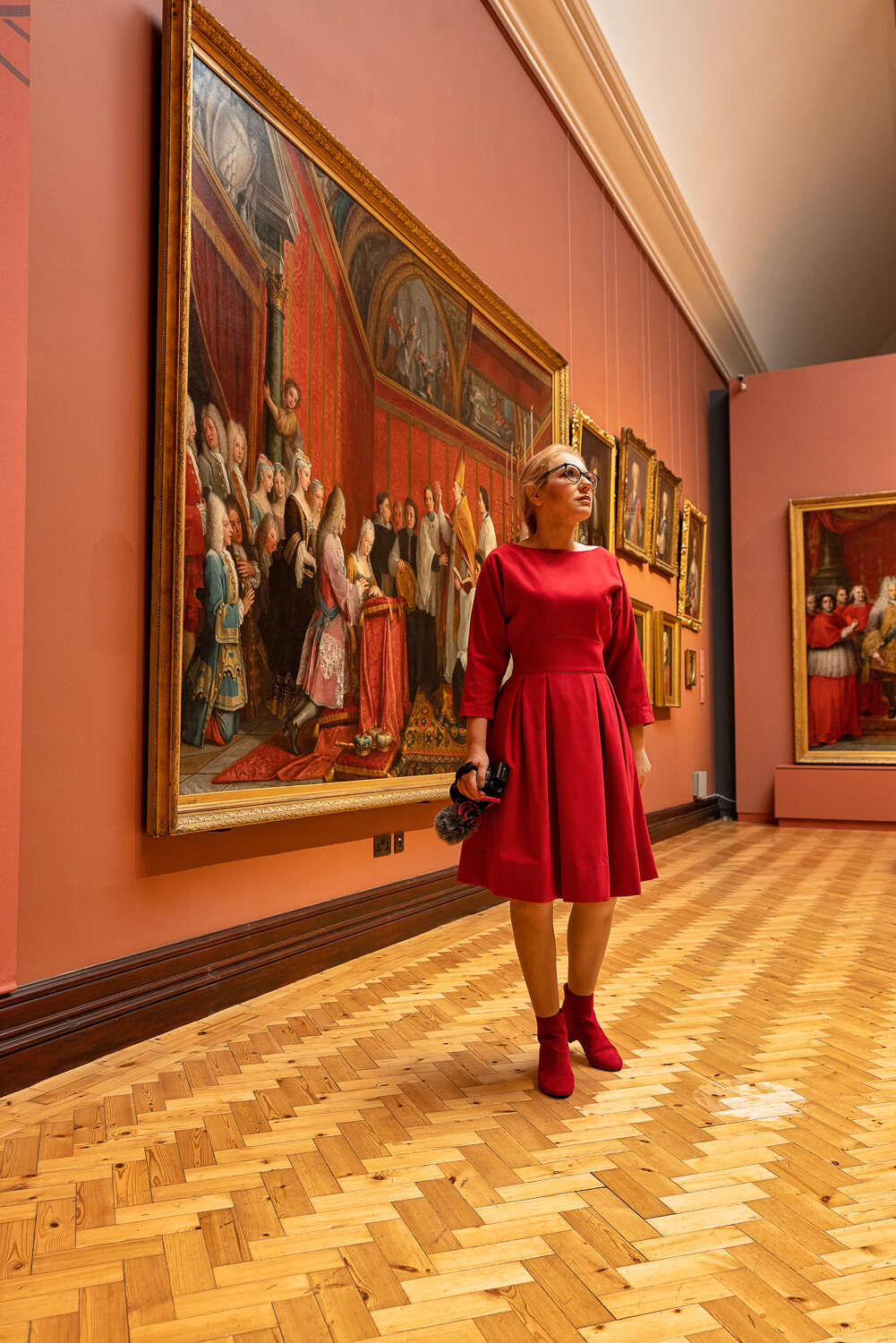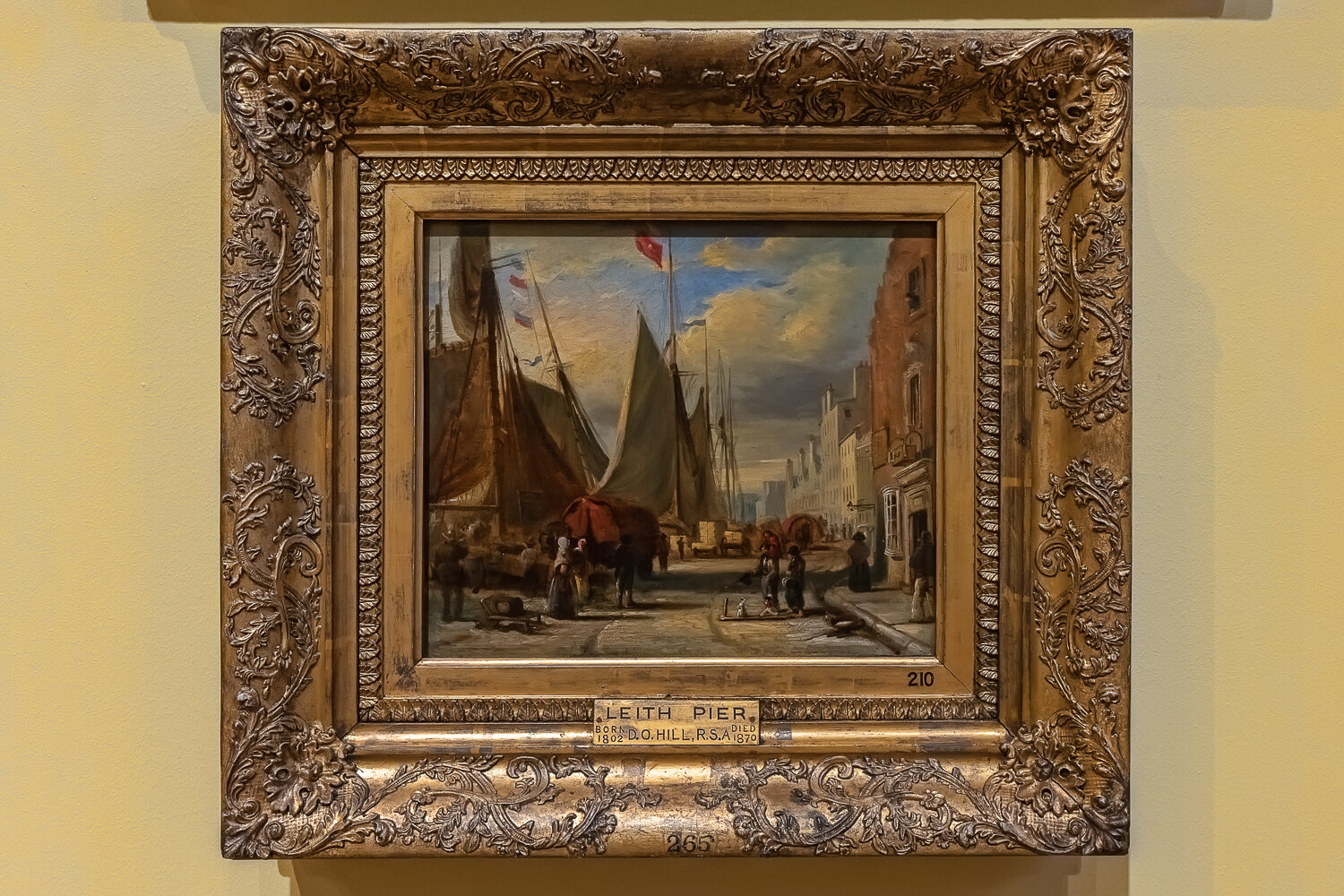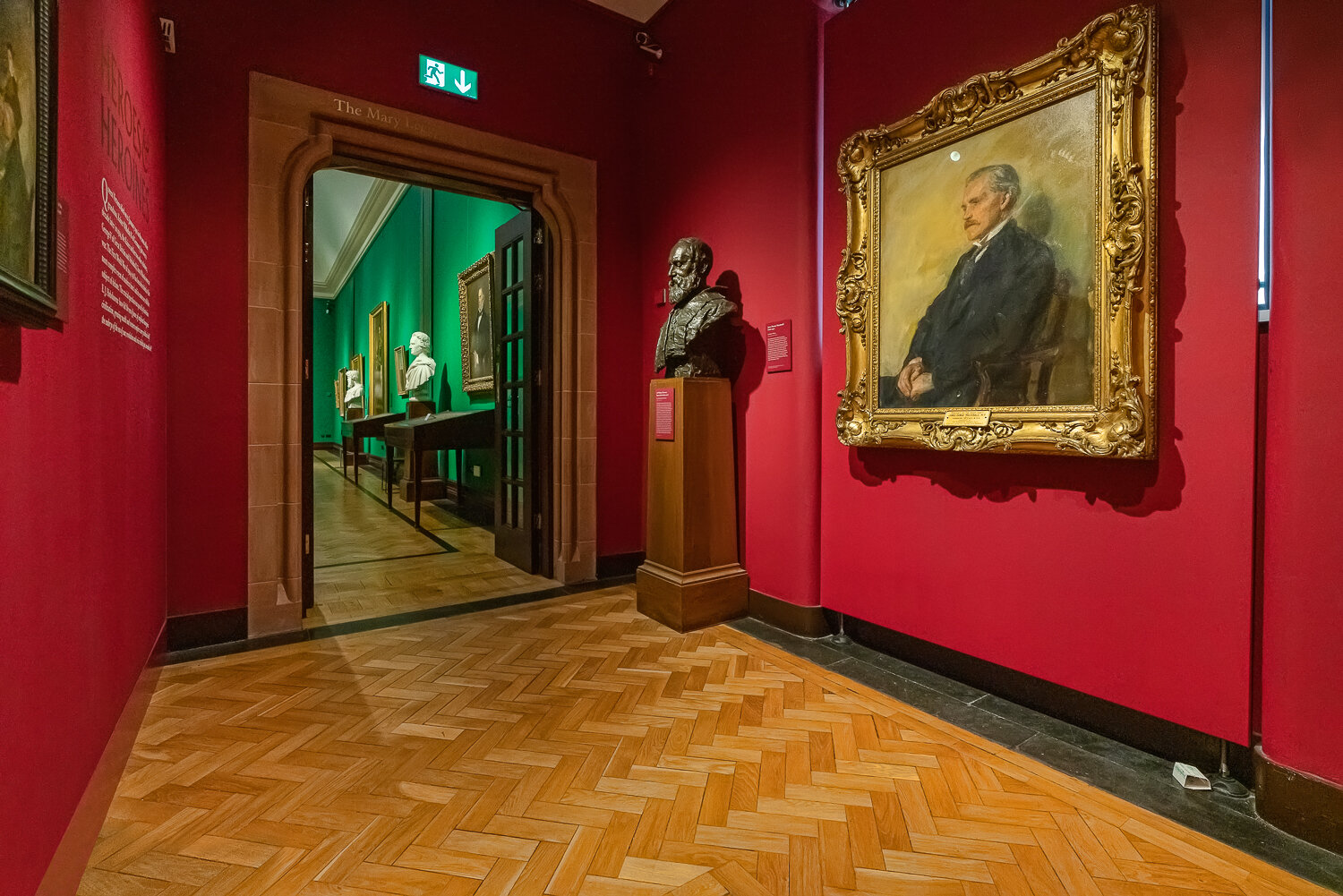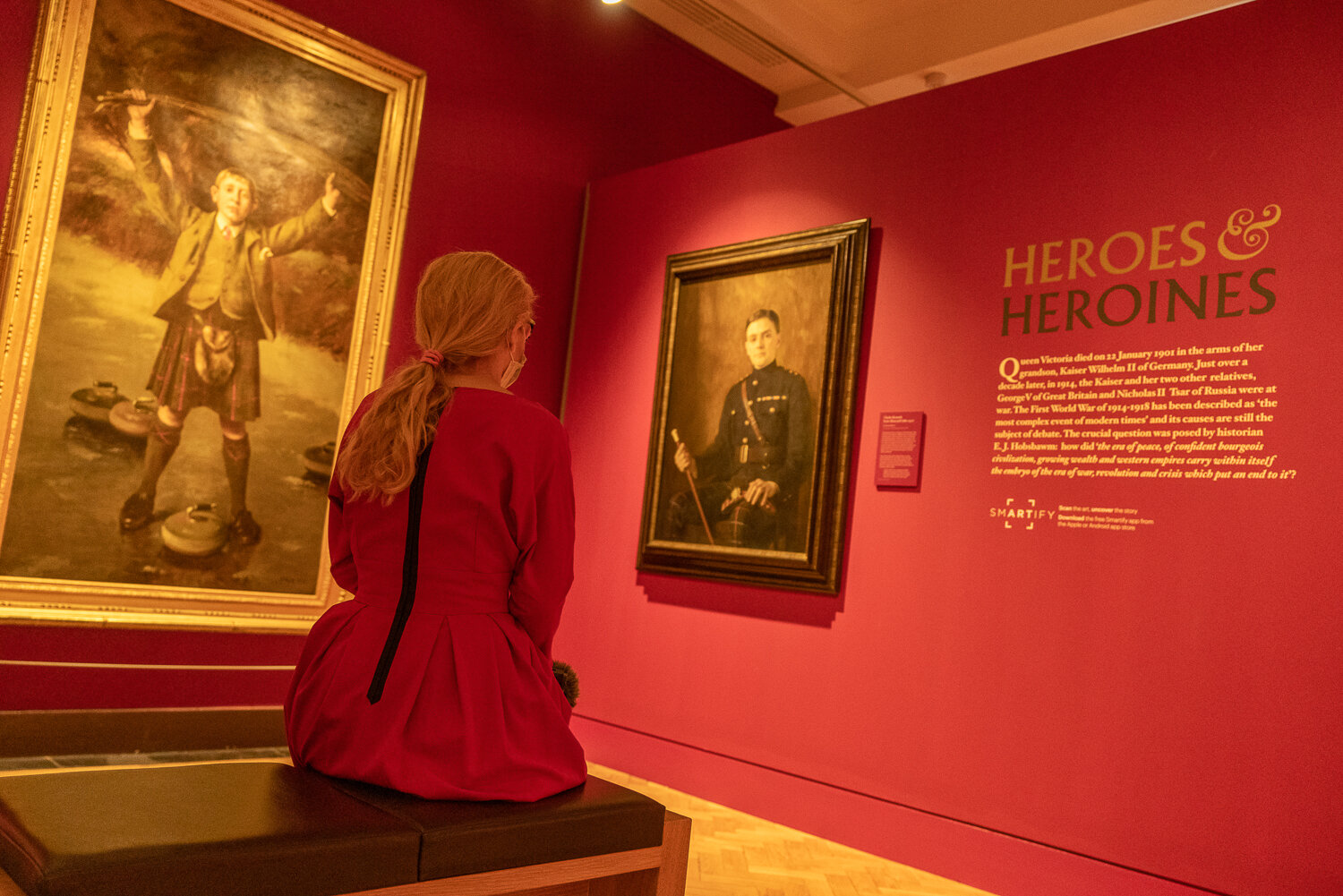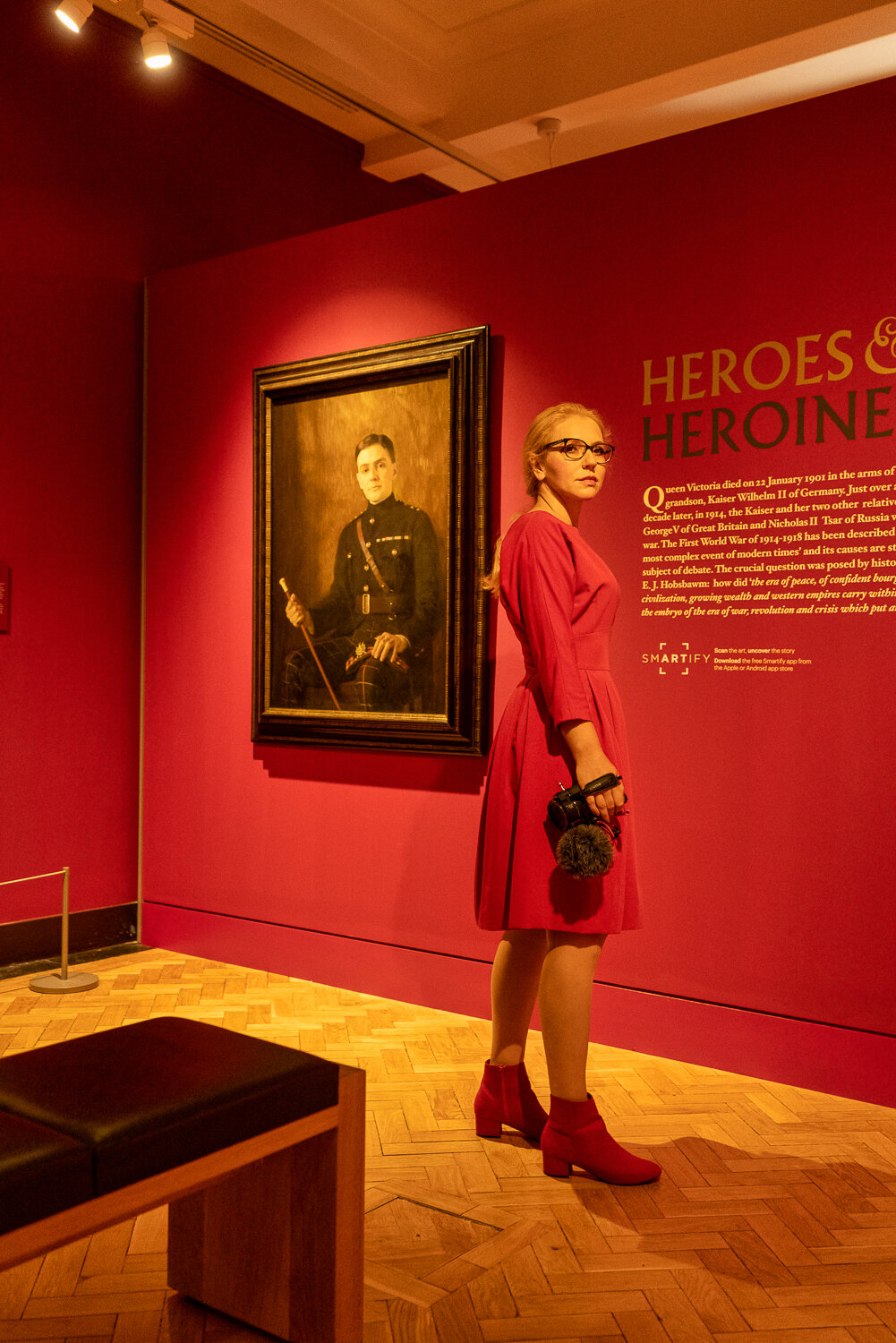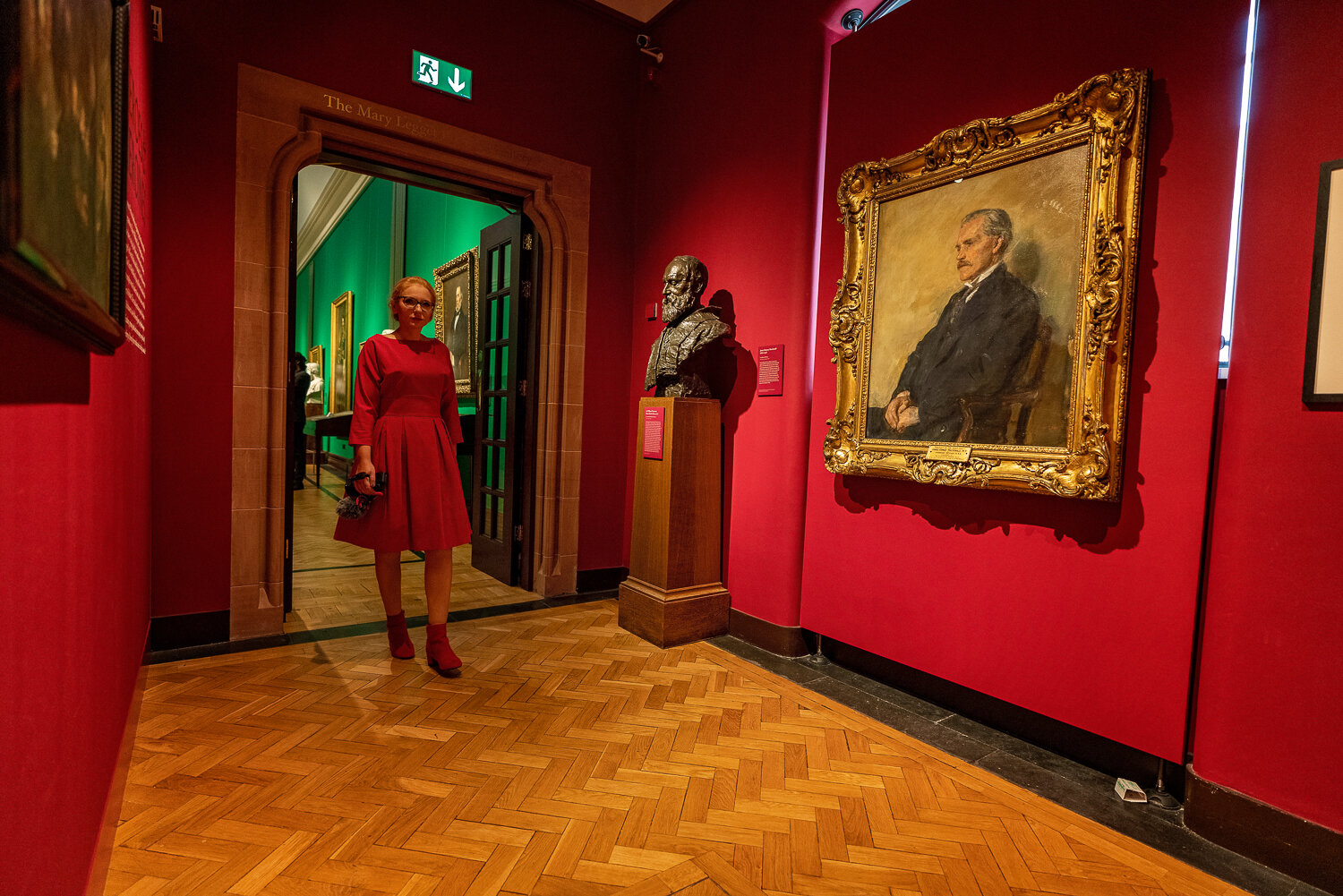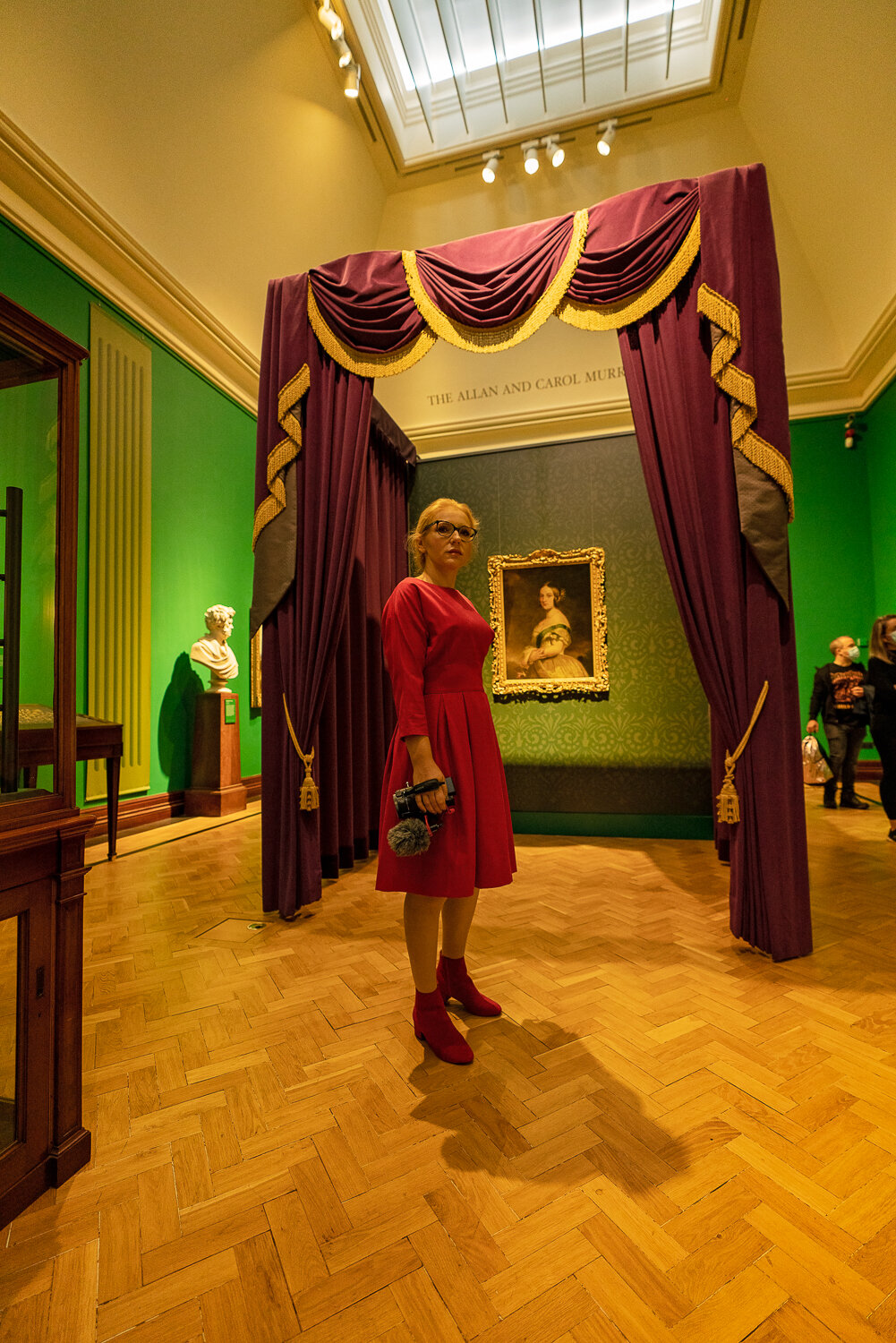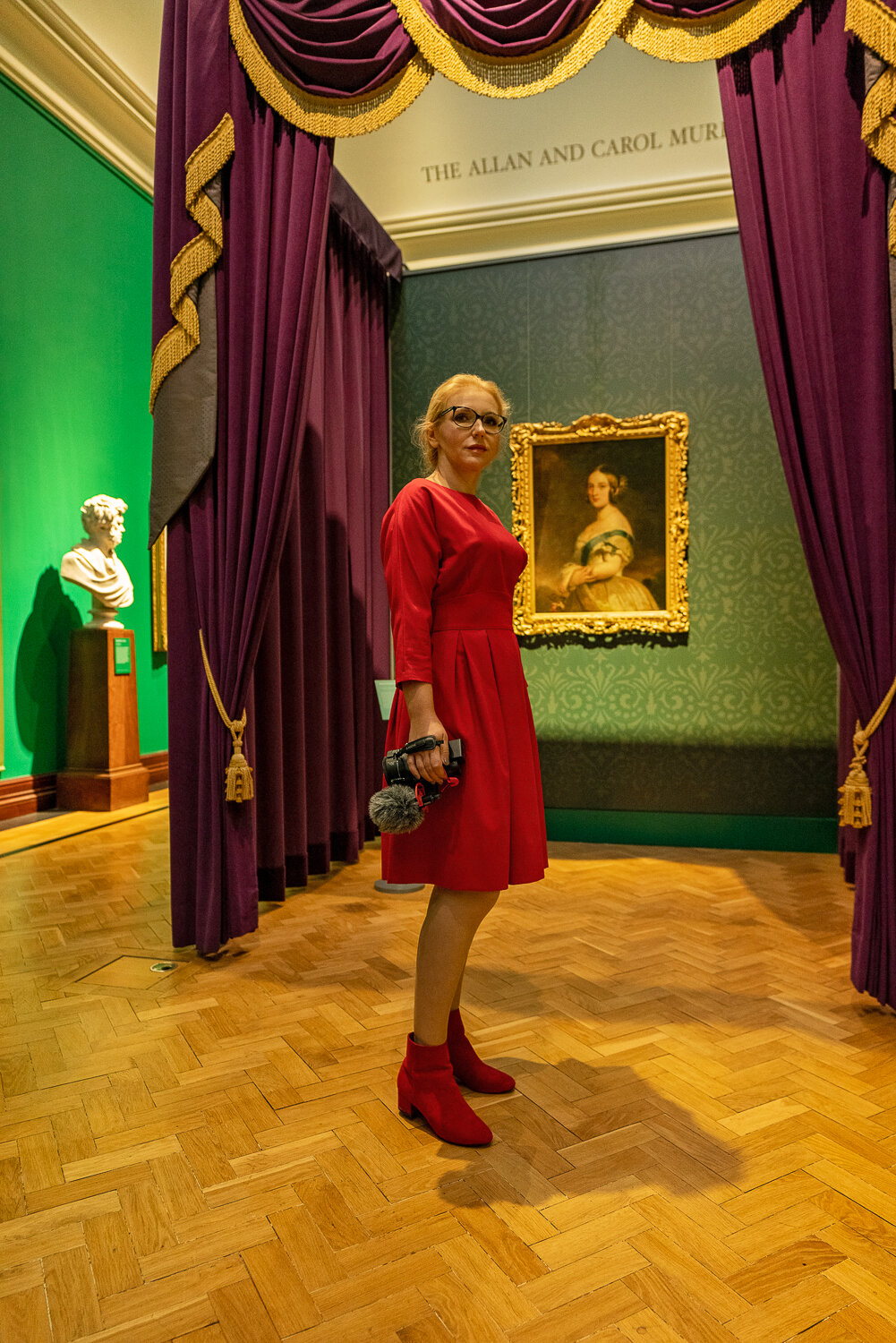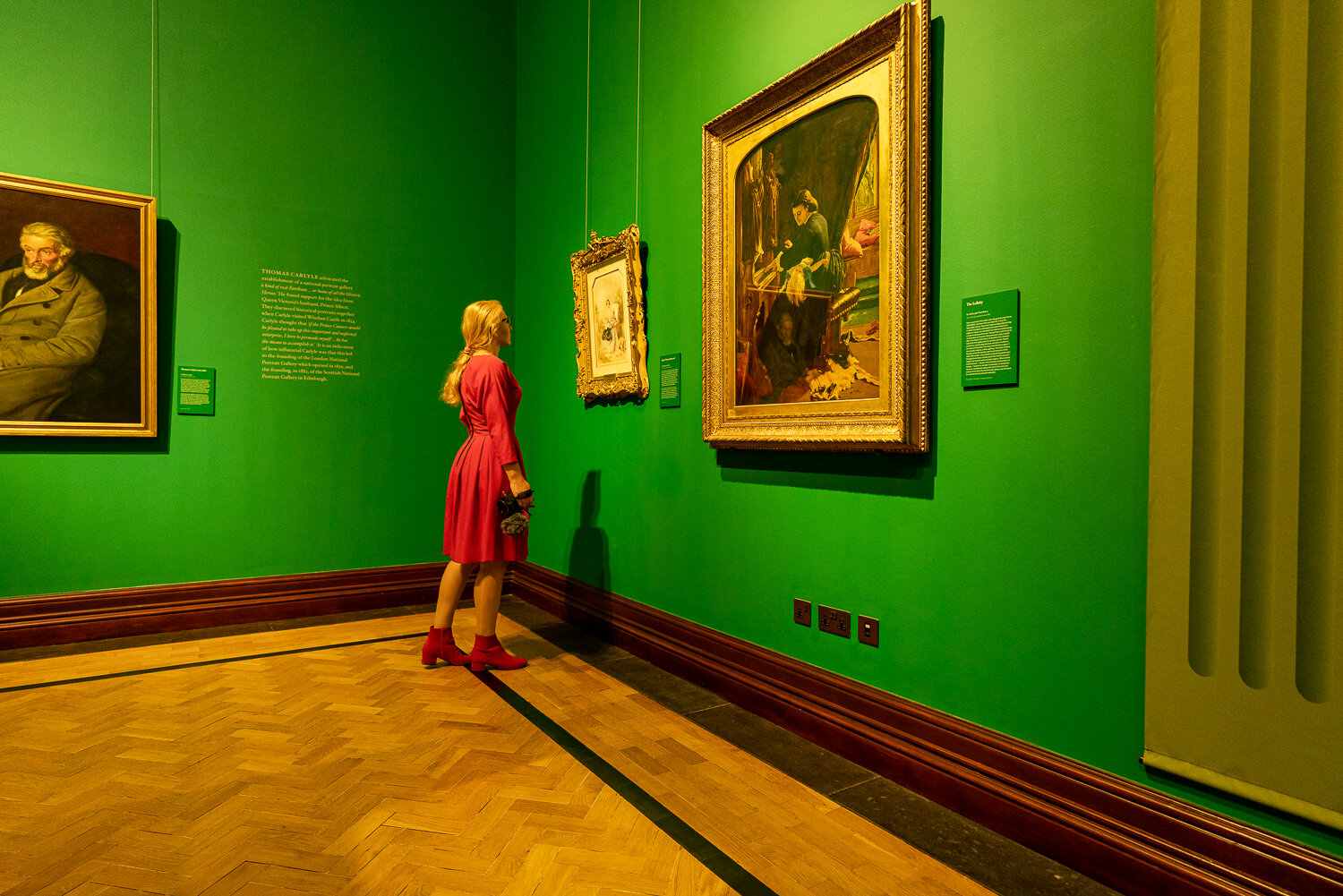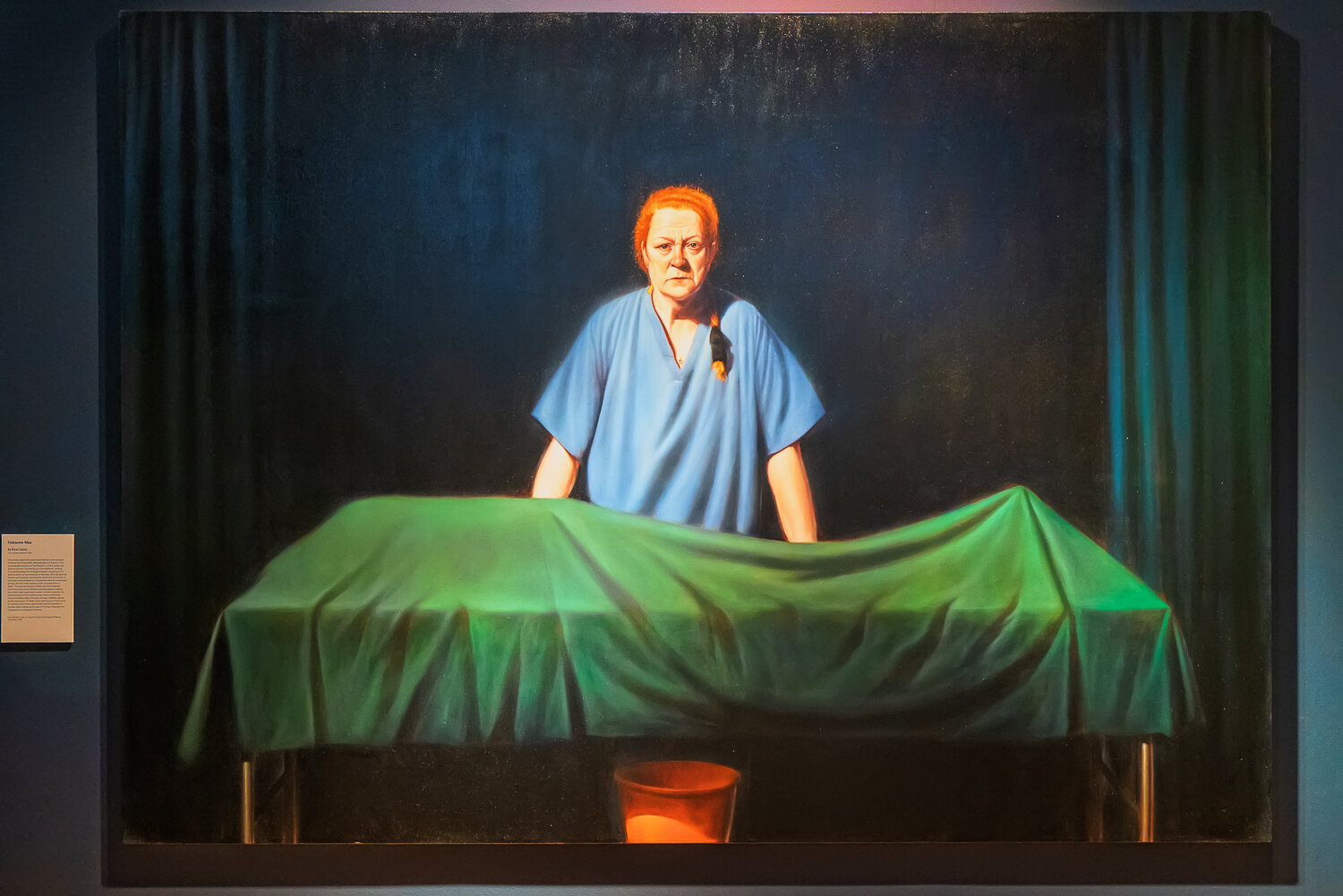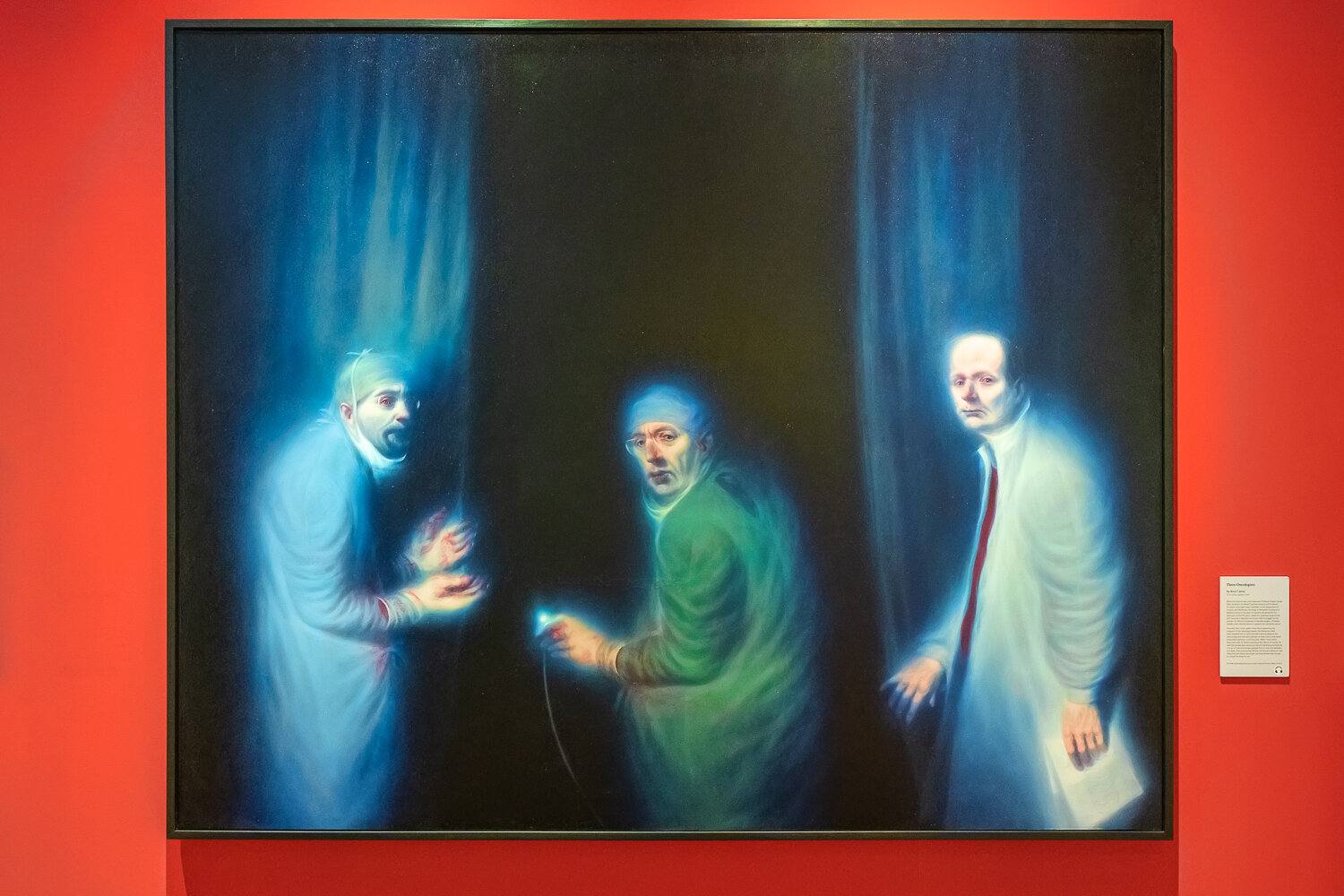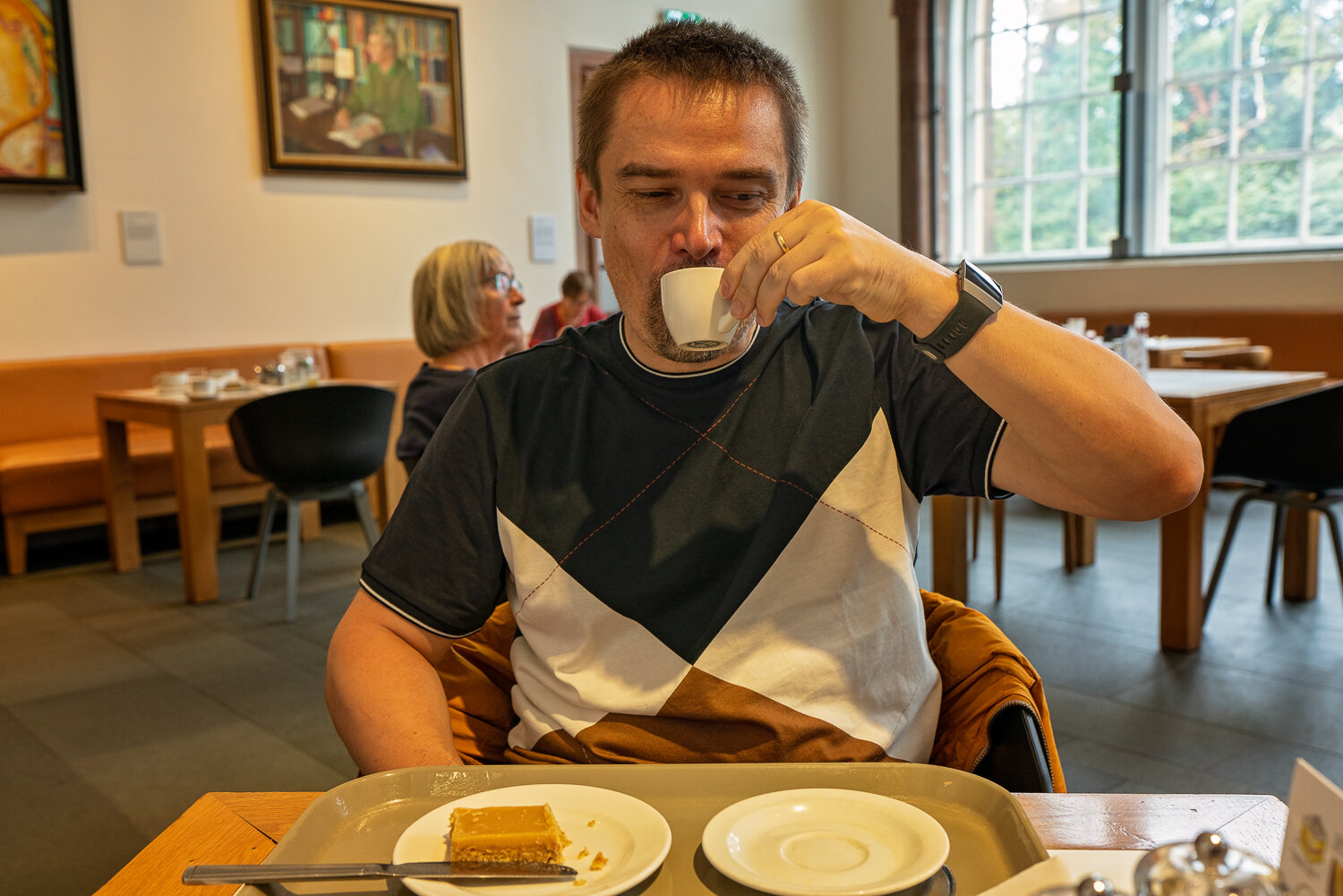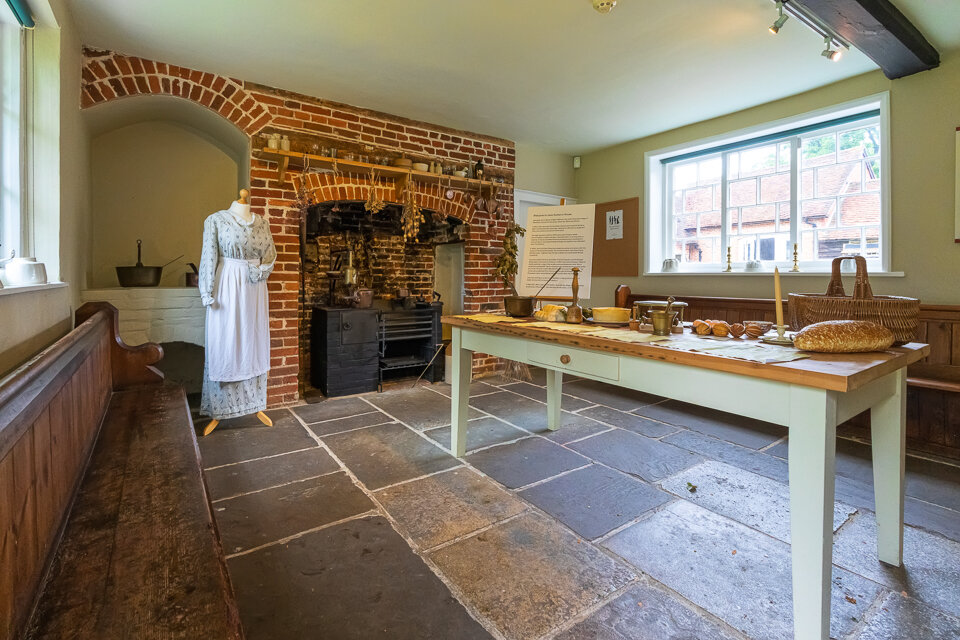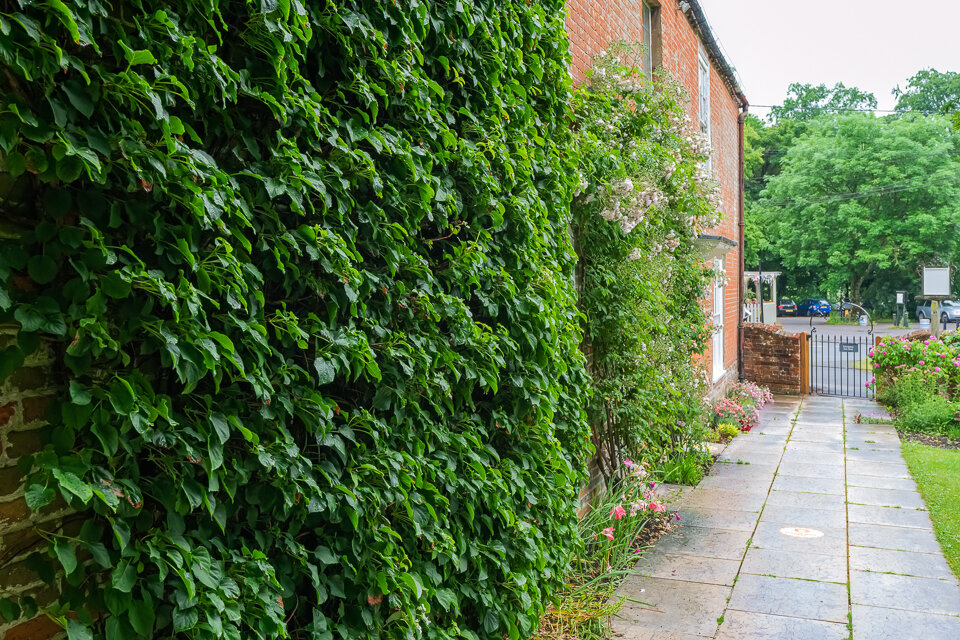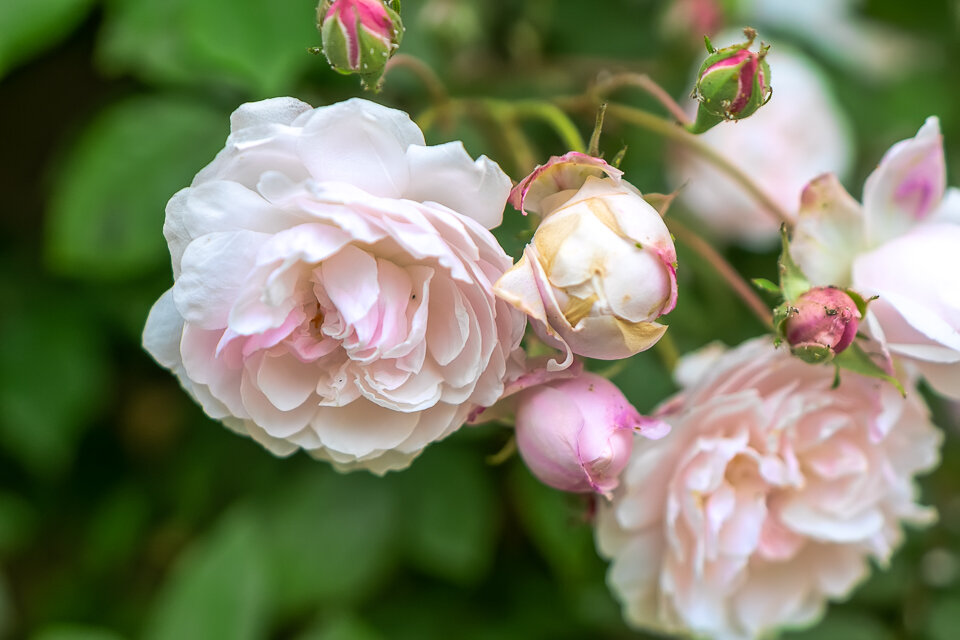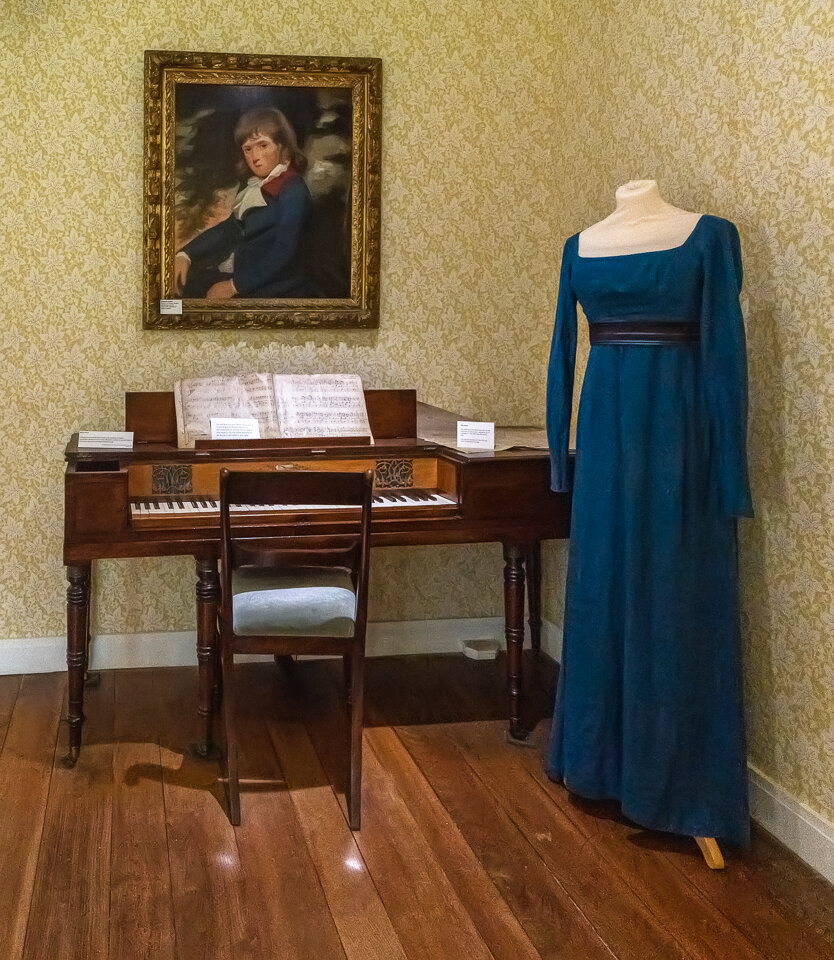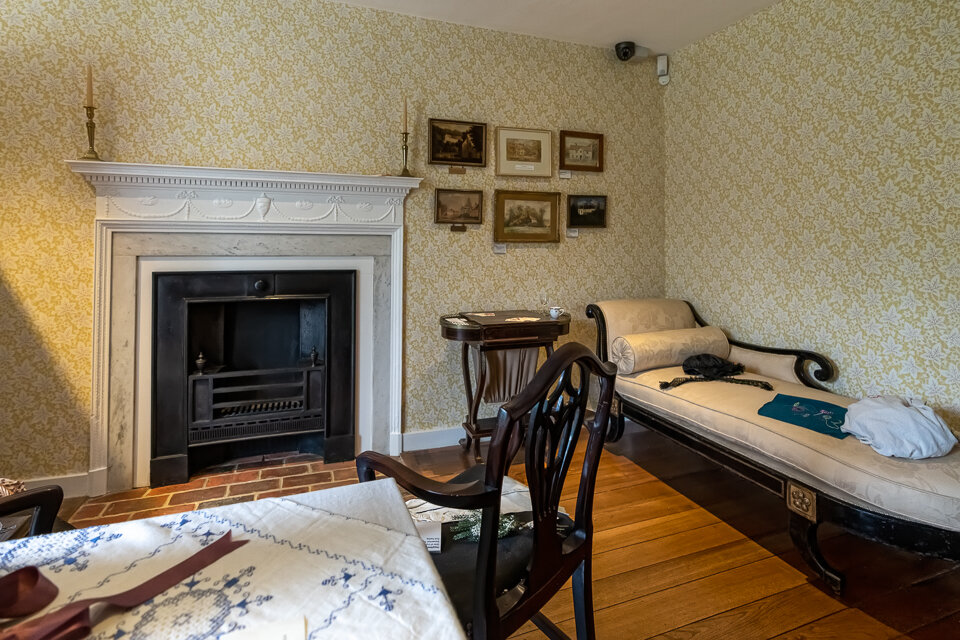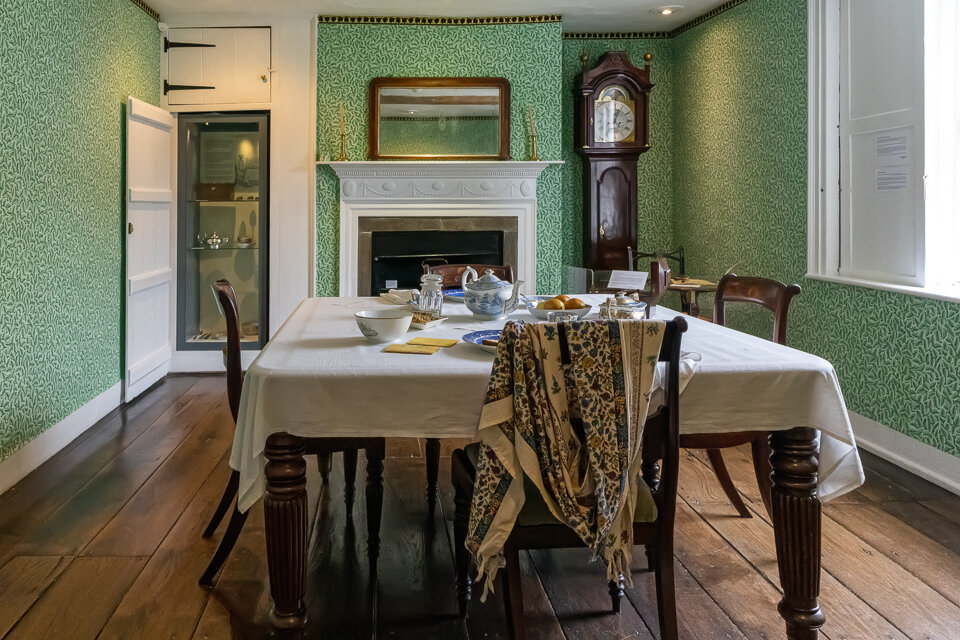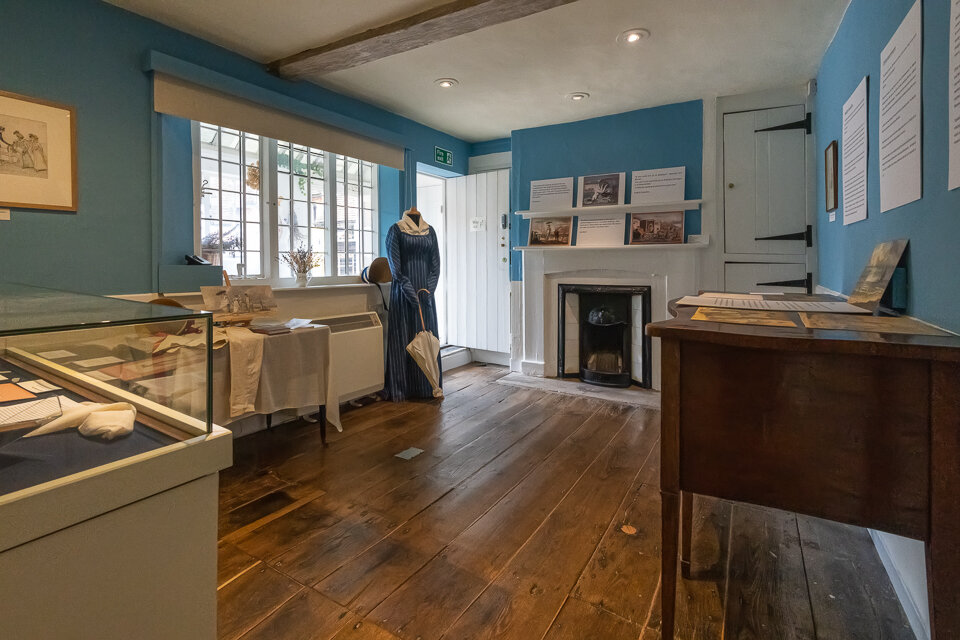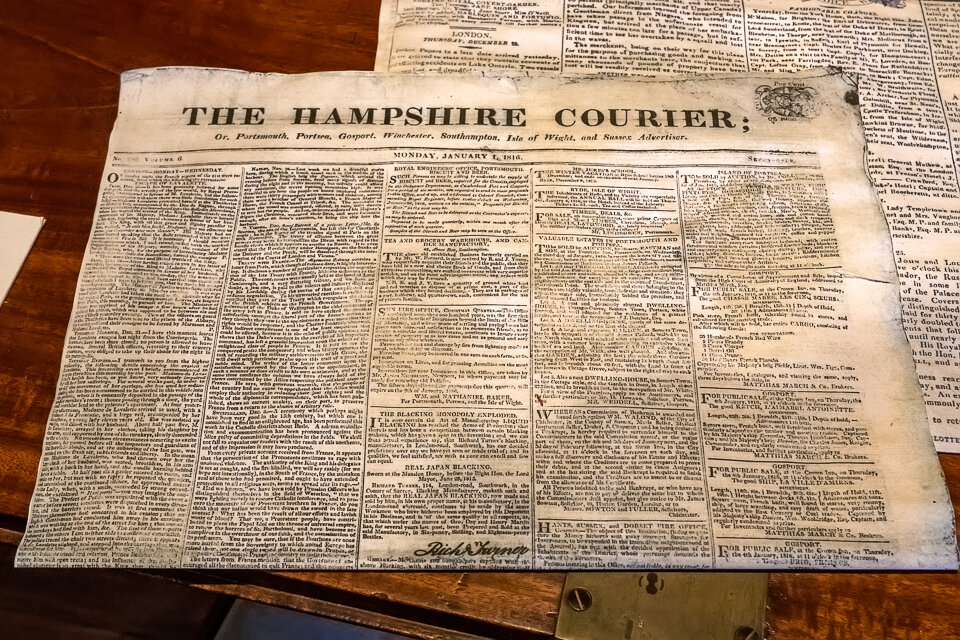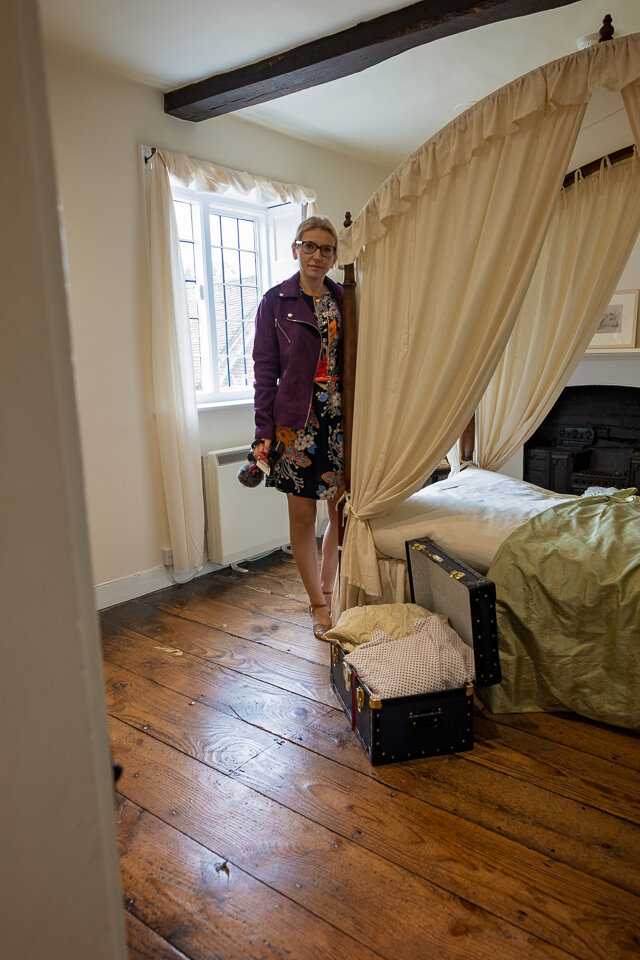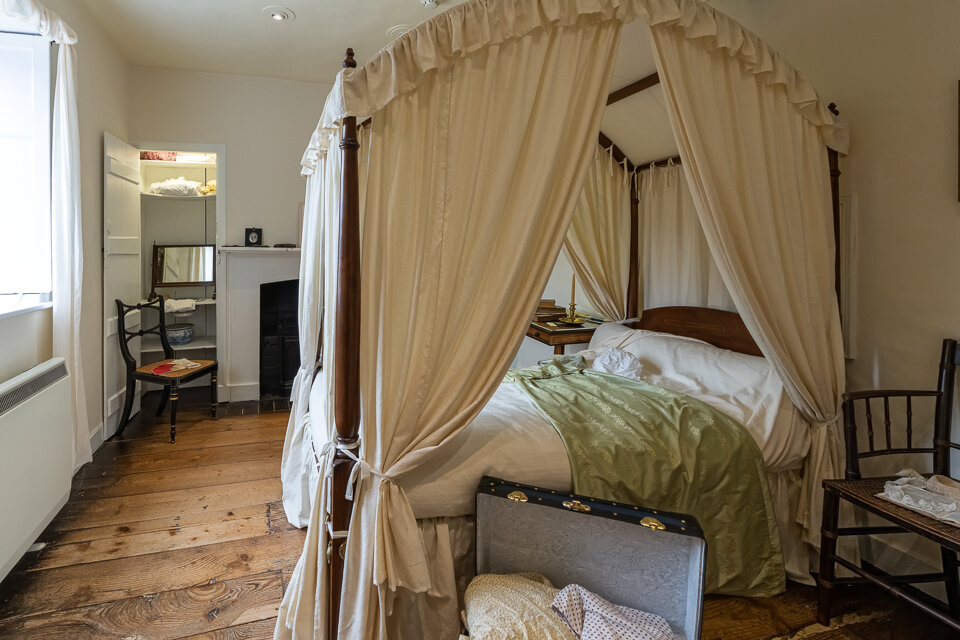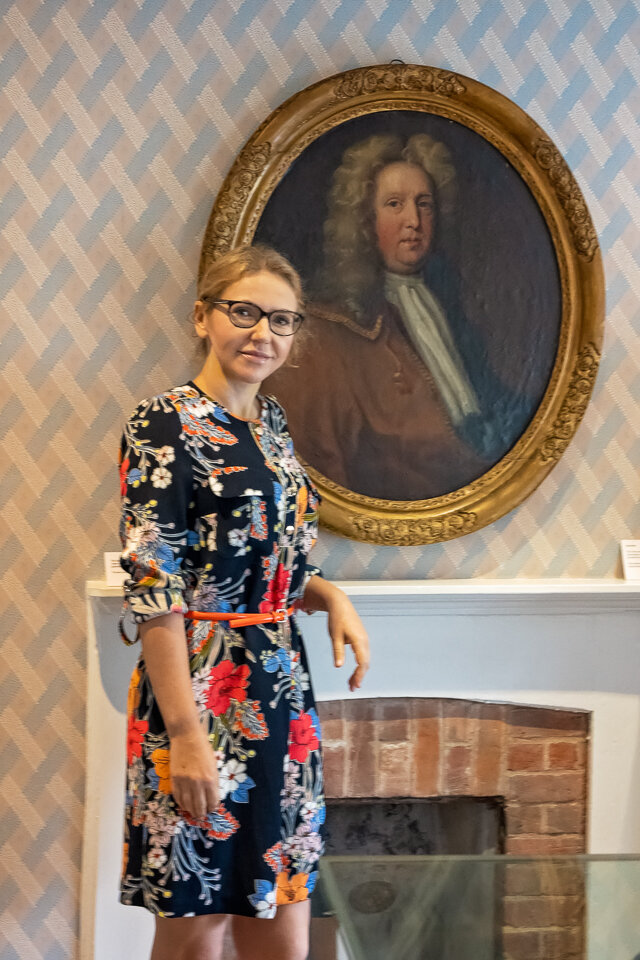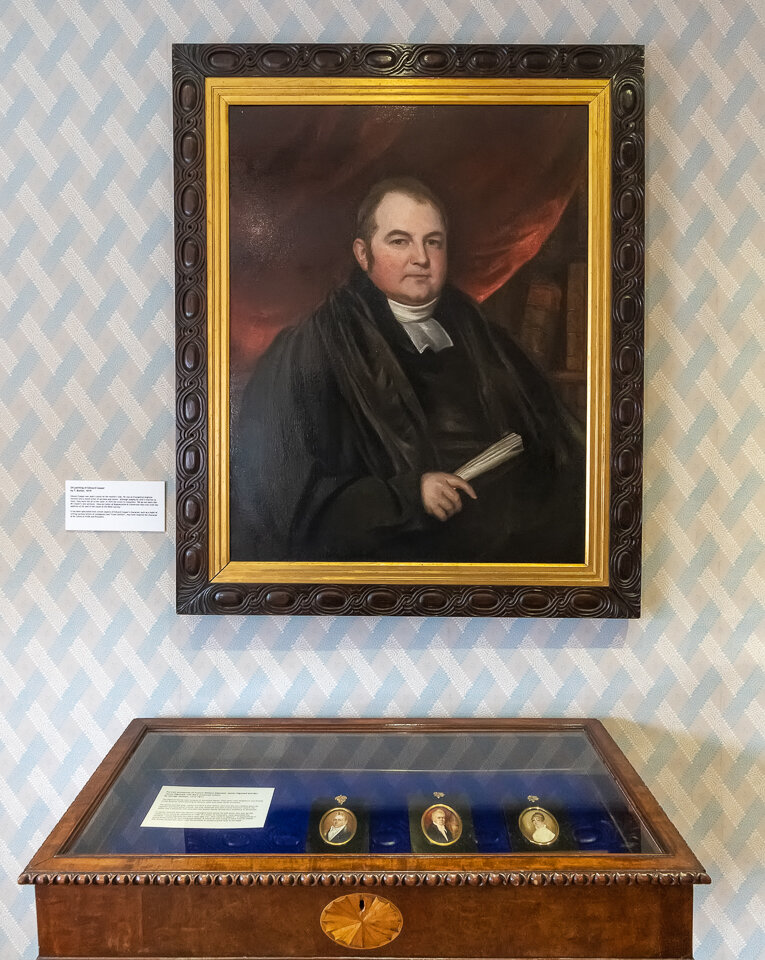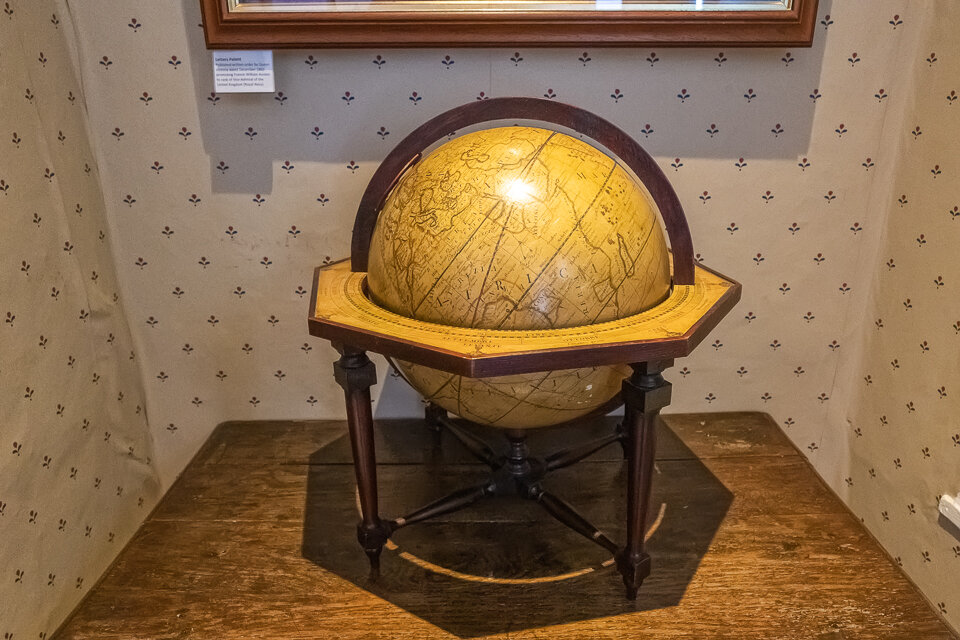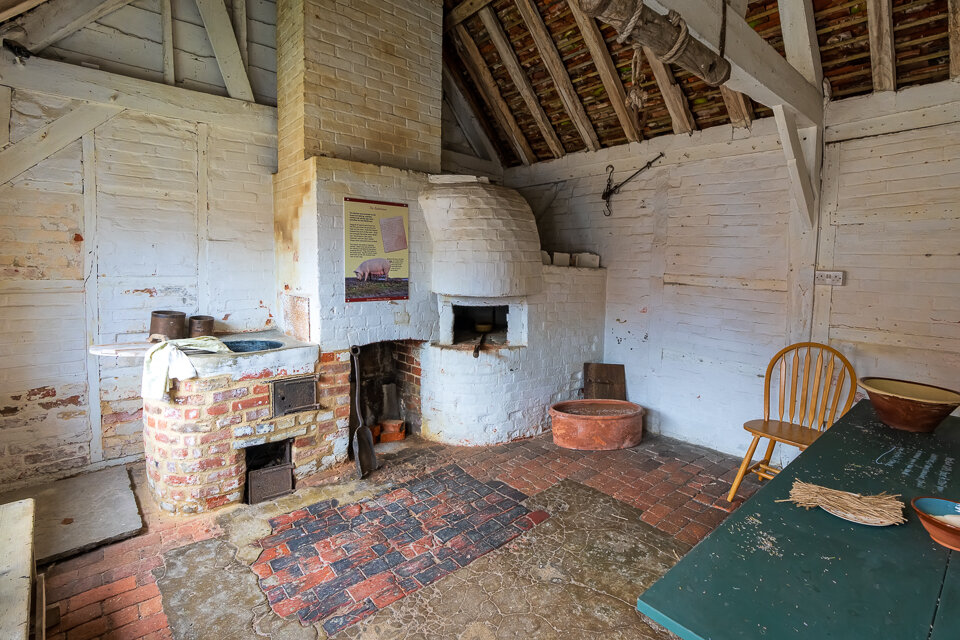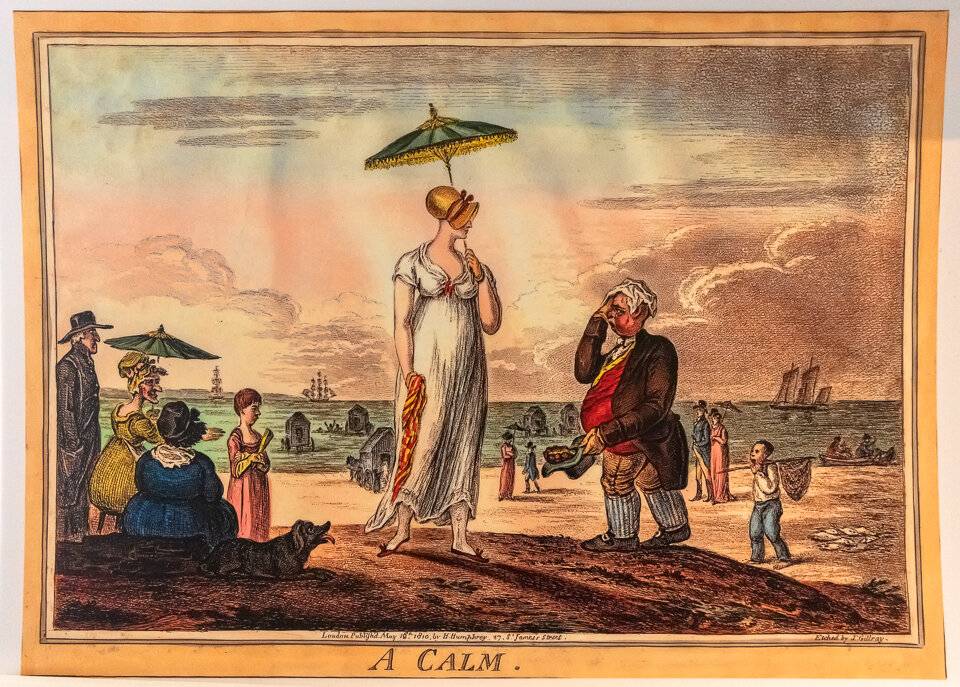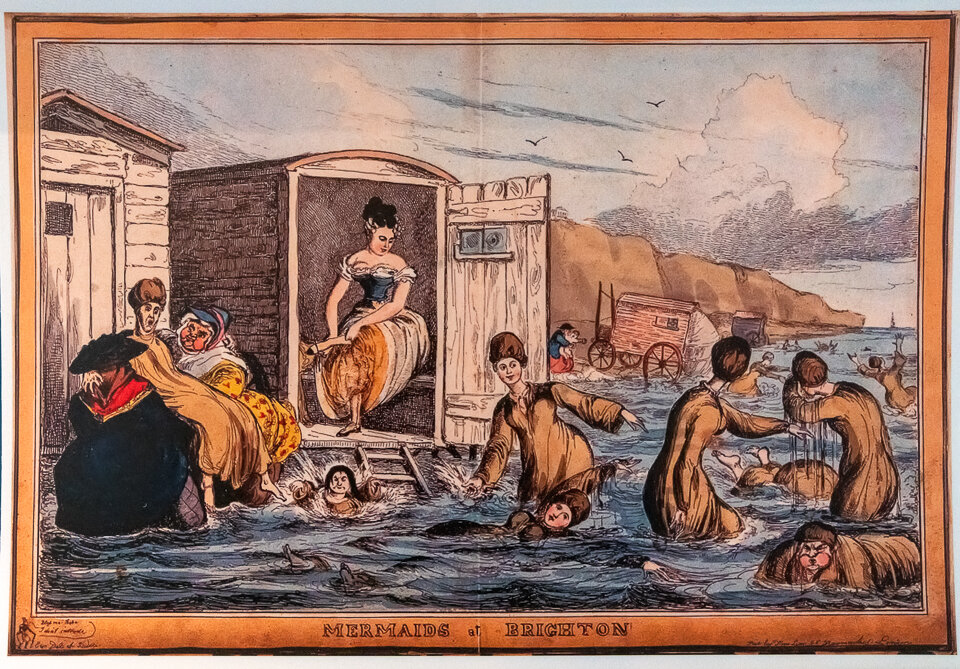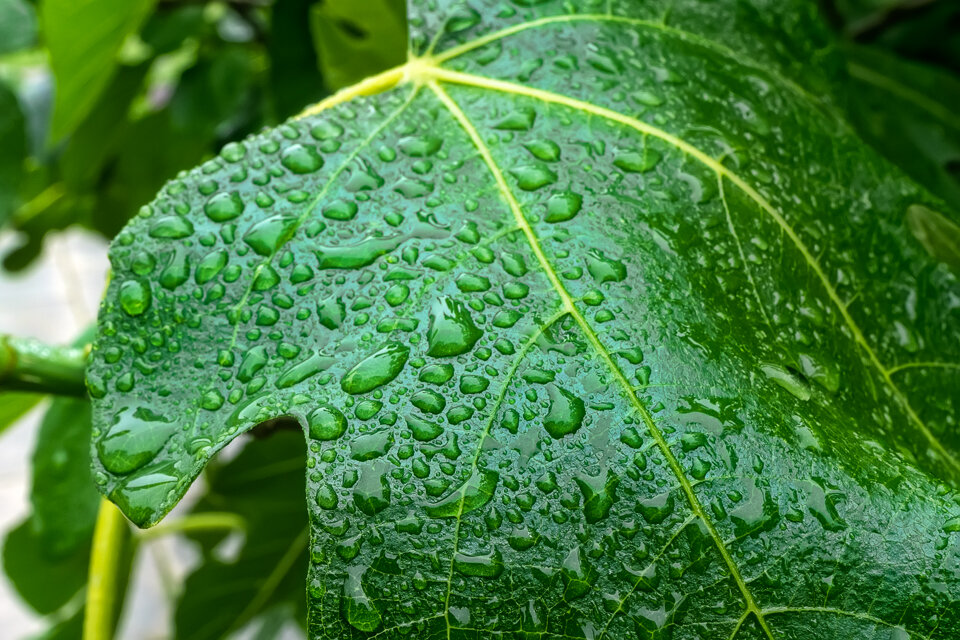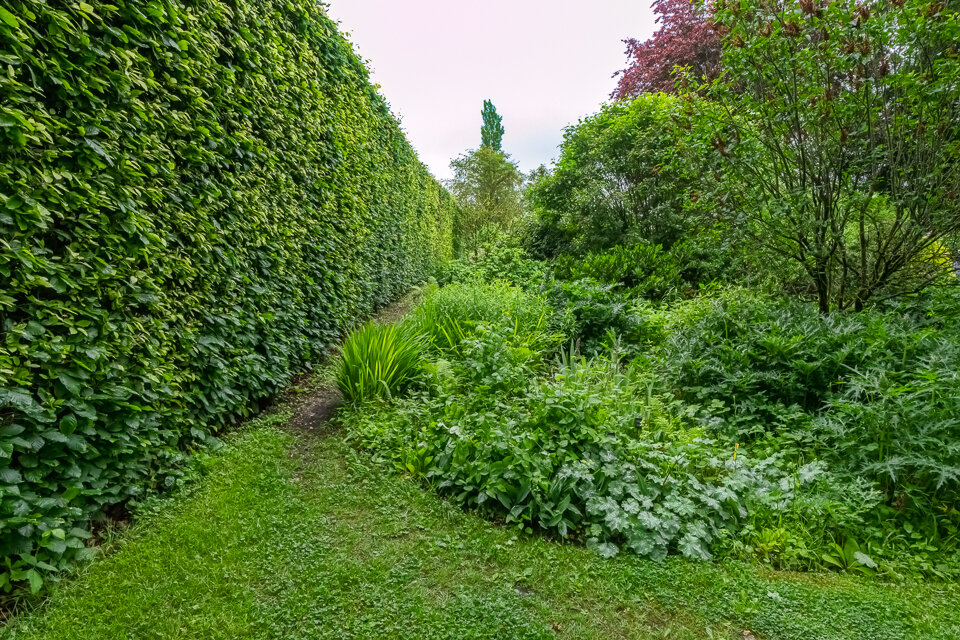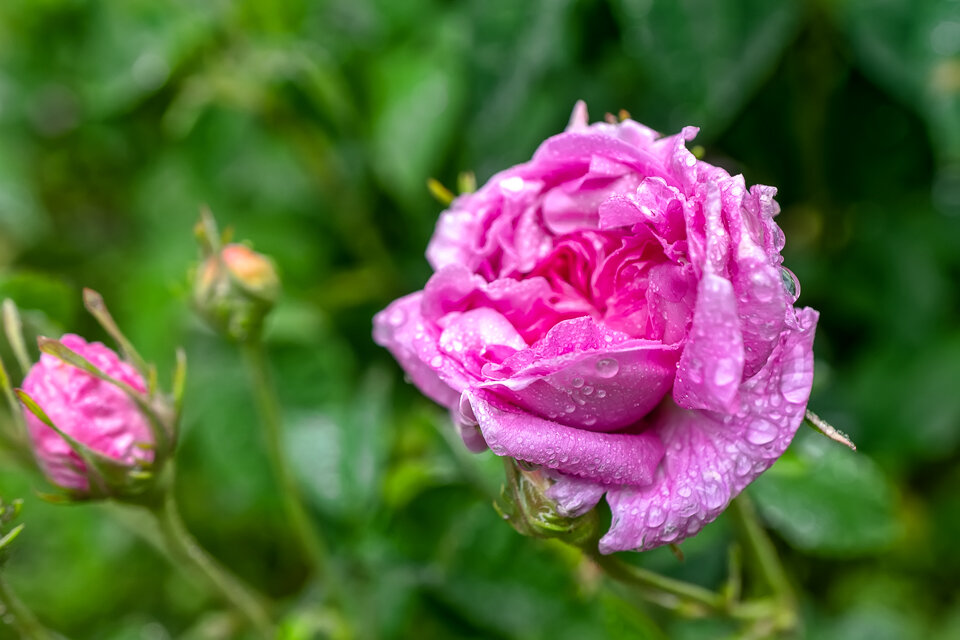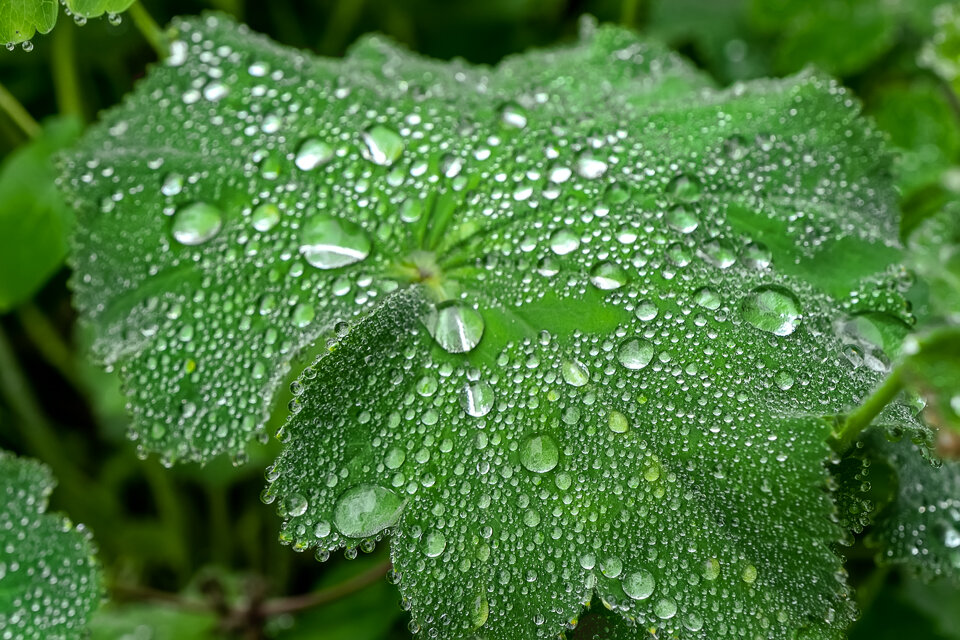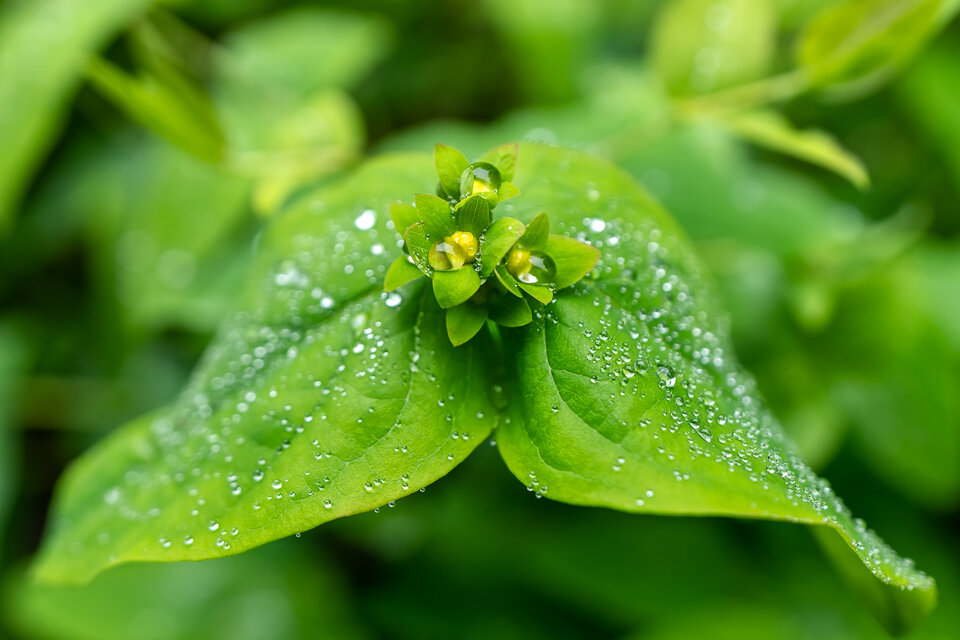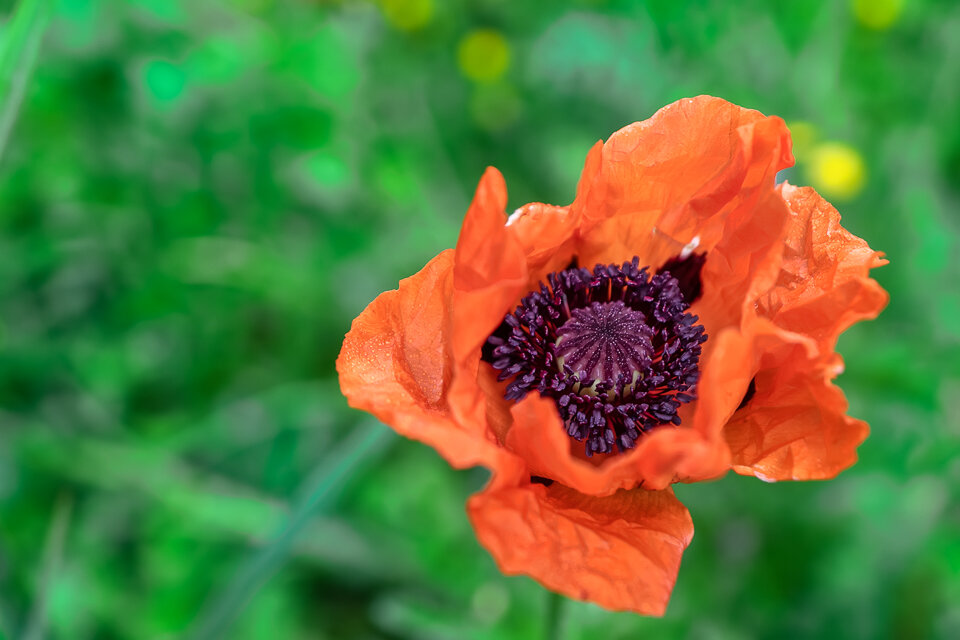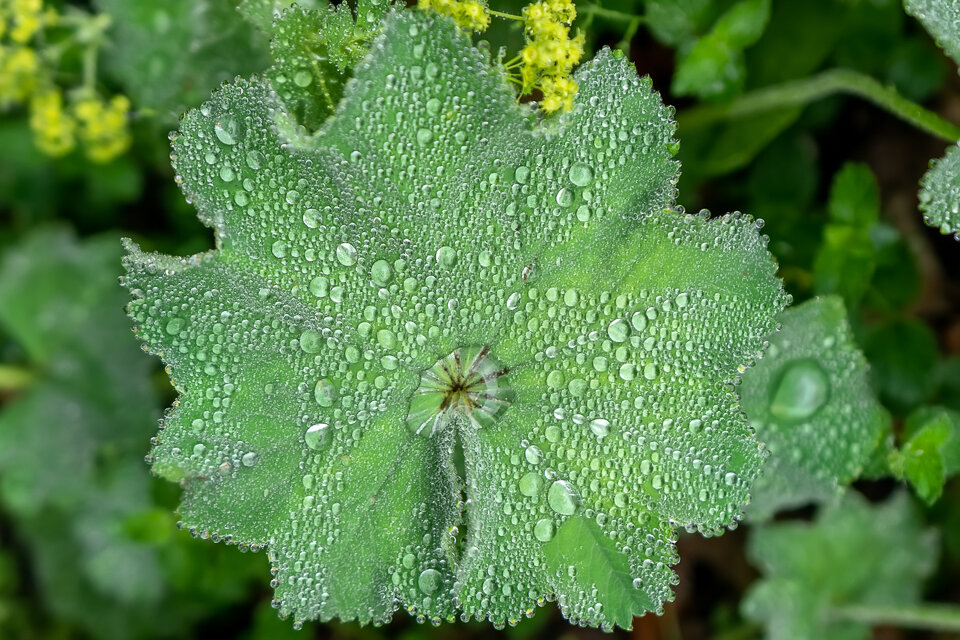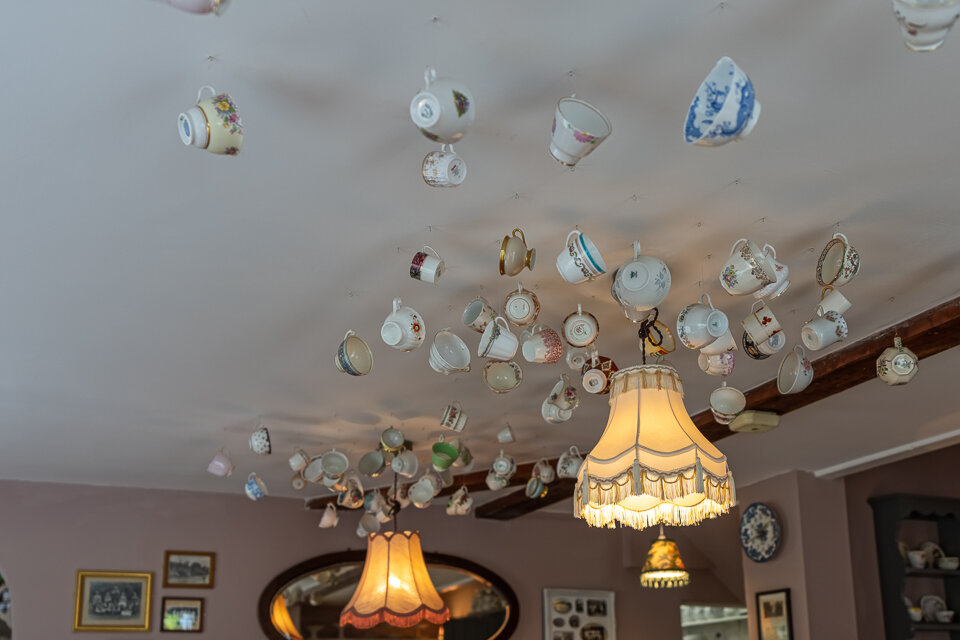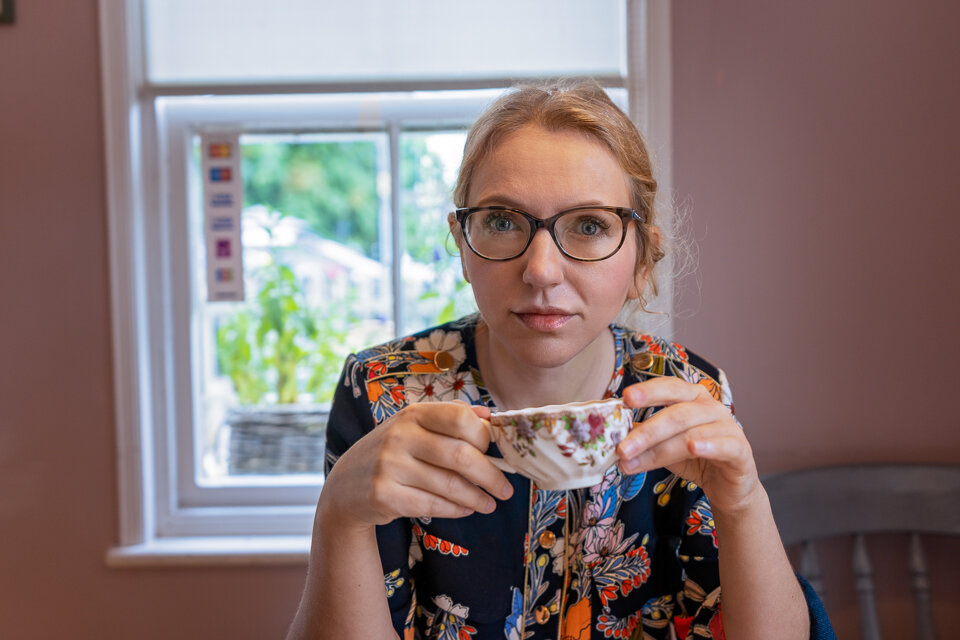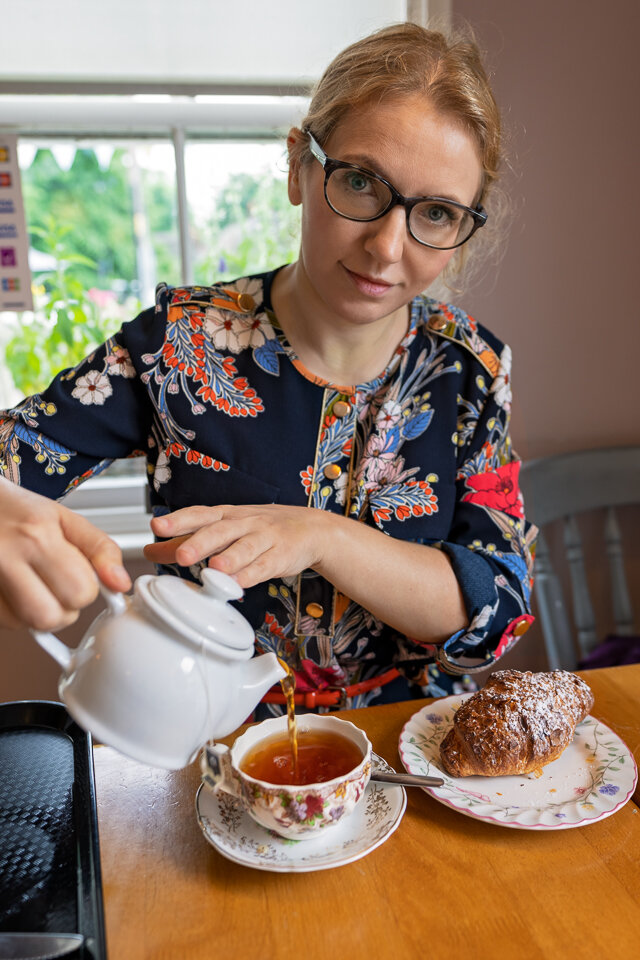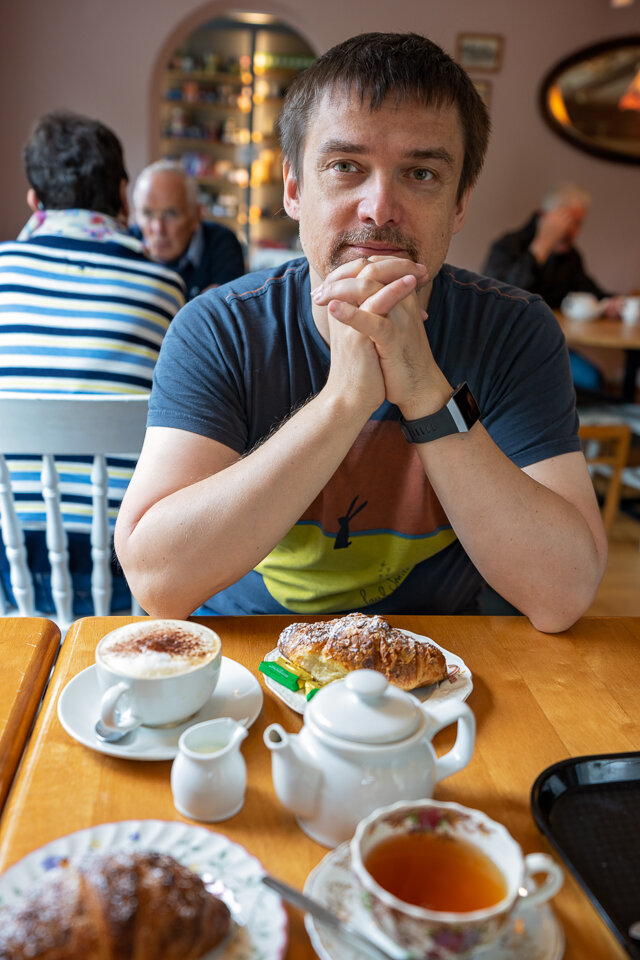Today after breakfast, we are off to visit a place with somewhat morbid allure – the Surgeon's Hall Museum. We notice the beautiful building with a columned façade from far away – the former headquarters of the Royal College of Surgeons.
It is worth remembering that Edinburgh was a leading centre of medical research, where the father of modern surgery - Joseph Lister and the founder of anaesthesia – James Young Simpson lived.
Dzisiaj zaraz po śniadaniu ruszamy do miejsca o nieco “chorobliwym” uroku – Surgeon's Hall Museum. Już z daleka dostrzegamy piękny budynek z kolumnową fasadą – dawną siedzibę Royal College of Surgeons.
Warto pamiętać, że Edynburg był wiodącym ośrodkiem badań medycznych, gdzie mieszkał i pracował ojciec nowoczesnej chirurgii – Joseph Lister, a także odkrywca anestezjologii – James Young Simpson.
We go through the gate close to the famous building. At the back of a small beautiful courtyard, we find an entrance to the museum. In the main part of the museum, photography is not allowed, so we cannot show you how gruesome, quirky and fascinating it is, with all its early surgical tools and countless jars with all sorts of specimens.
In the small interactive part, we change into 7-years old and have fun with all sorts of medical equipment. And look who has hand tremors better than a brain surgeon!!!!
Przechodzimy przez bramę przylegającą do słynnego budynku i na tyłach małego, przyjemnego dziedzińca znajdujemy wejście do muzeum. W głównej części muzeum fotografia jest zabroniona, więc nie możemy pokazać, jak makabryczna, dziwaczna i fascynująca jest ta wystawa ze wszystkimi wczesnymi narzędziami chirurgicznymi i niezliczonymi słojami z wszelkiego rodzaju okazami medycznymi.
W małej interaktywnej części zamieniamy się w 7-latków i bawimy się różnym nowoczesnym sprzętem medycznym. I spójrzcie kto ma drżenie rąk mniejsze niż neurochirurg!!!!
Two interesting things we have learnt:
1) Robert Knox had established himself as a very successful anatomy teacher. His classes were top-rated, and soon the demand for bodies for anatomical dissection started to exceed supply. Two Irishmen living in Edinburgh, William Burke and William Hare, began to murder people to supply Knox's anatomy school (the school was supposedly unaware of the bodies' origin). When they made a mistake one day, and their crime was discovered, Hare turned King's evidence, and Burke was tried, found guilty of murder and hanged. The University professor of anatomy dissected his body, and the museum has on display two items related to this story – Burke's death mask and a pocketbook made from his skin. It is not clear what happened to Hare.
2) Joseph Bell was an Edinburgh surgeon and a president of the Royal College of Surgeons of Edinburgh. He was noted for his diagnostic insight, based on his powers of observation of meticulous detail. It so happened that one of his students was Arthur Conan Doyle, who later gave up medicine for the sake of writing. Bell impressed Conan Doyle so much that he created Sherlock Holmes based on his previous teacher attitude and skills.
W muzeum dowiedzieliśmy się wielu rzeczy, z czego dwie są szczególnie interesujące:
1) Robert Knox był bardzo popularnym nauczycielem anatomii. Jego zajęcia były bardzo wysoko oceniane i wkrótce popyt na ciała do sekcji anatomicznych zaczął przewyższać podaż. Dwóch Irlandczyków mieszkających w Edynburgu, William Burke i William Hare, zaczęło mordować ludzi, aby zaopatrywać szkołę anatomii Knoxa (szkoła rzekomo nie była świadoma pochodzenia ciał). Kiedy pewnego dnia popełnili błąd i ich zbrodnia została odkryta, Hare stał się świadkiem koronnym, a Burke został osądzony, uznany za winnego morderstwa i powieszony. Jeden z profesorow anatomii dokonał sekcji jego ciała, a w muzeum wystawiono dwa przedmioty związane z tą historią – maskę pośmiertną Burke'a i książkę z okładką zrobioną z jego skóry. Nie jest jasne, co stało się z Hare.
2) Joseph Bell był chirurgiem w Edynburgu i prezesem Królewskiego Kolegium Chirurgów w Edynburgu. Był znany ze swojego wglądu diagnostycznego, opartego na niezwykłych zdolnościach obserwacji i drobiazgowej analizy szczegółów. Tak się złożyło, że jednym z jego uczniów był Arthur Conan Doyle, który później porzucił medycynę na rzecz pisania. Bell zaimponował Conanowi Doyle'owi tak bardzo, że stworzył on postać Sherlocka Holmesa w oparciu o postawę, zdolności i procesy podejmowania decyzji swojego nauczyciela.
After visiting the museum, we have a quick look at one of the university courtyards. It is freshers week here and there are students everywhere so we do not stay long but the architecture is splendid.
Po wyjściu z muzeum zaglądamy na jeden z dziedzińców uniwersyteckich. Rok akademicki się jeszcze nie zaczął, ale dni adaptacyjne już trwają, wszędzie są już studenci pierwszego roku, więc nie zostajemy długo, ale architektura jest wspaniała.

